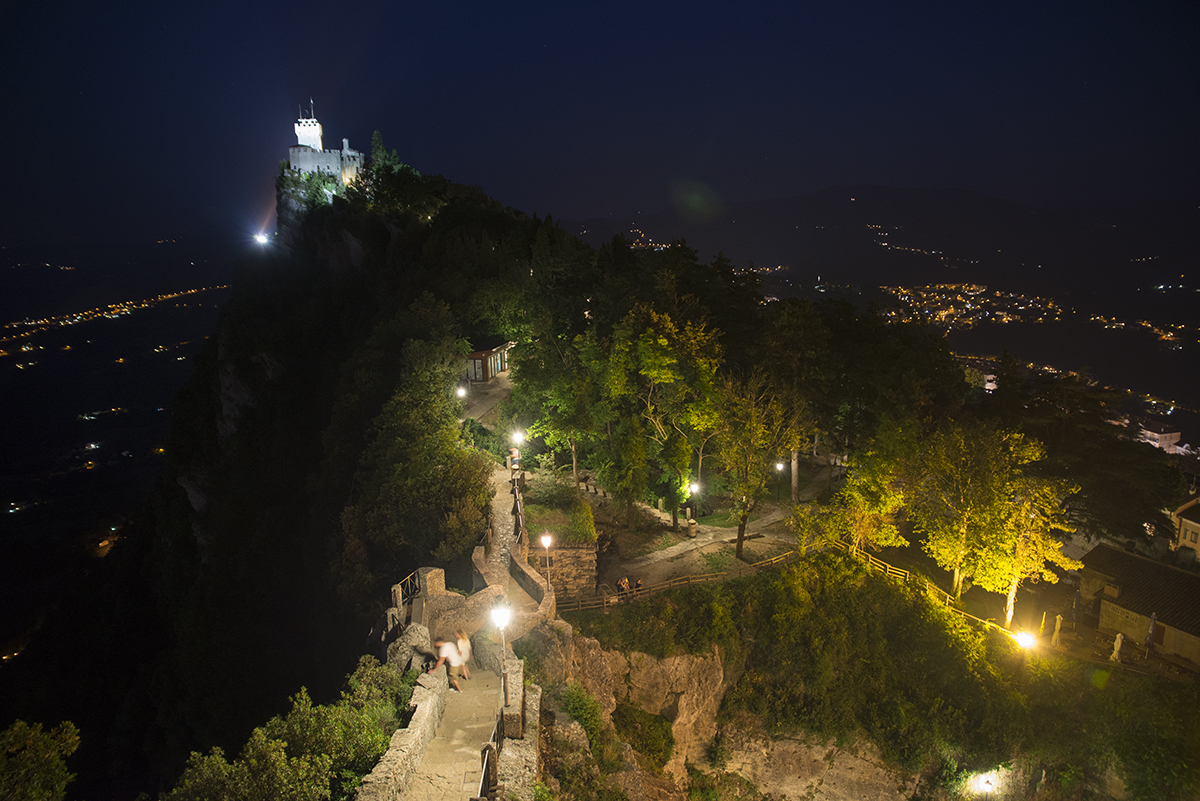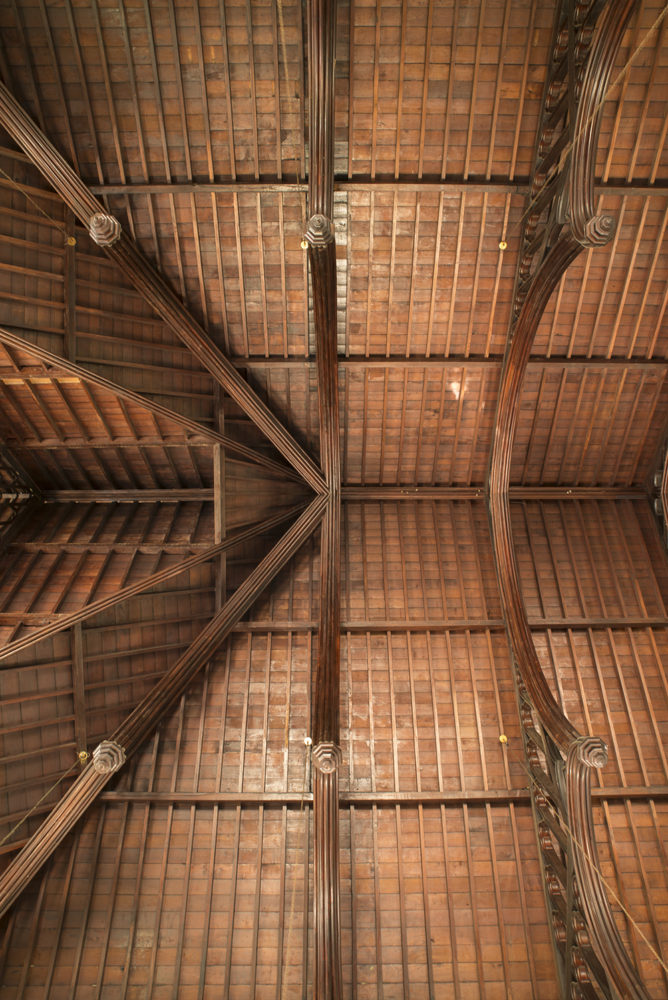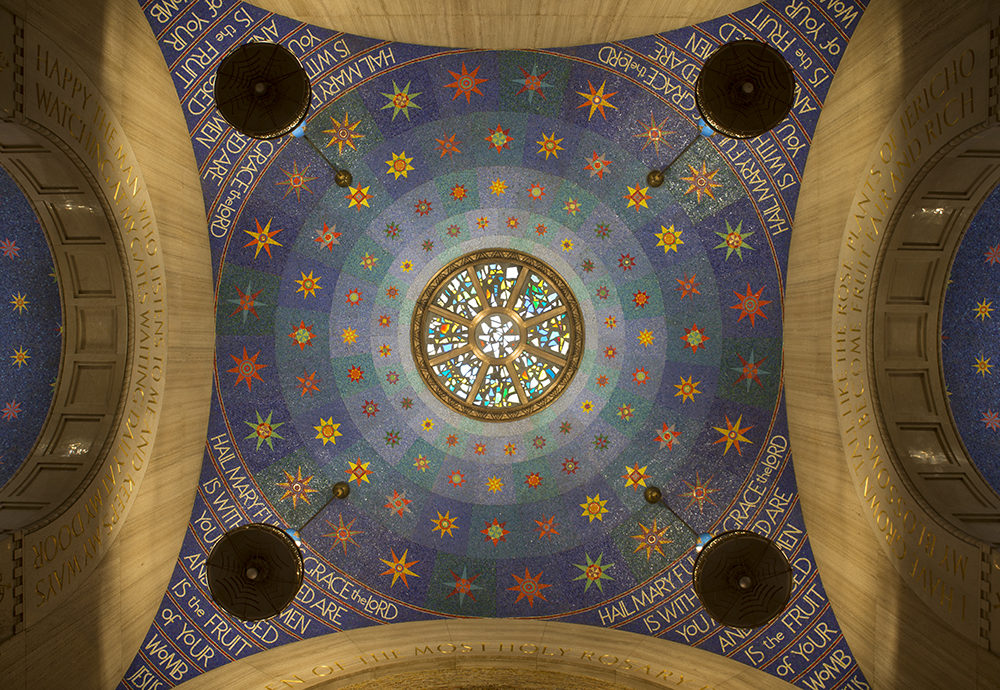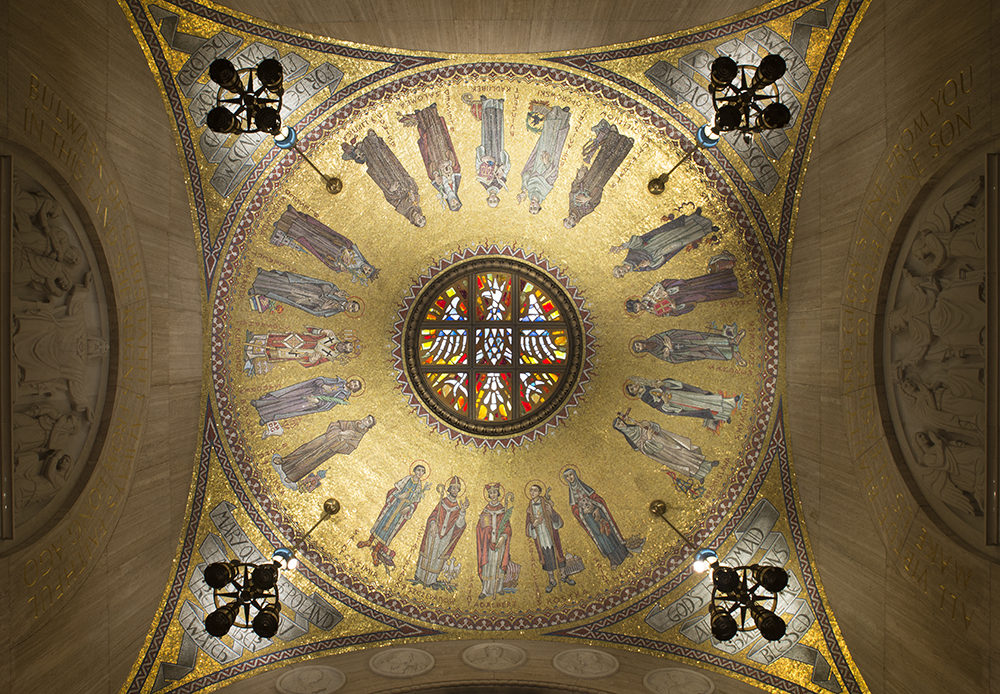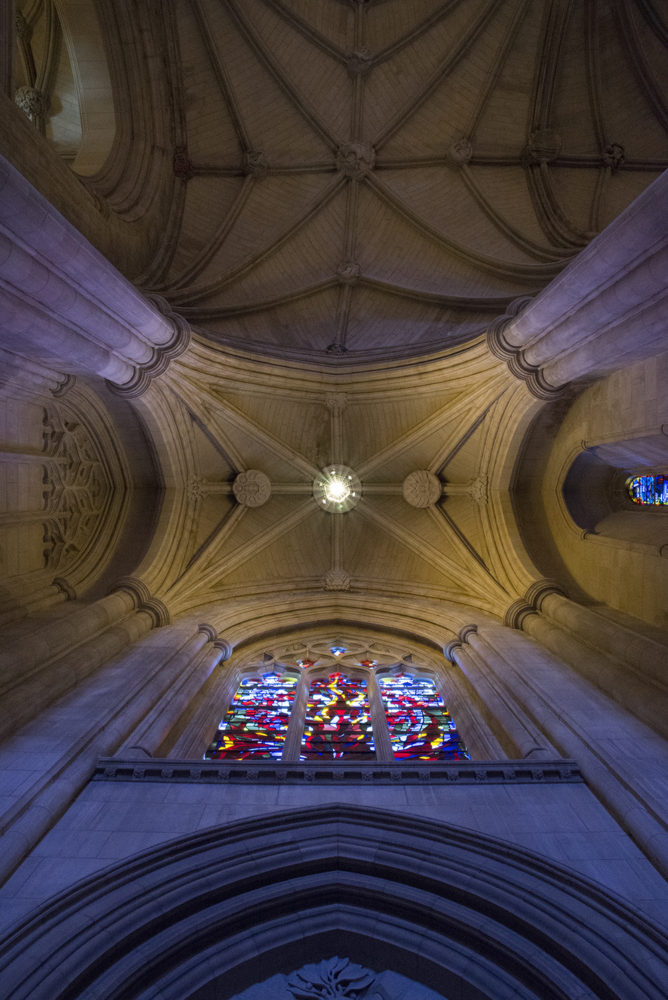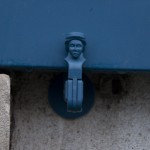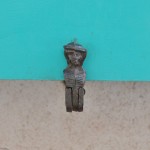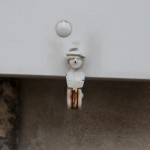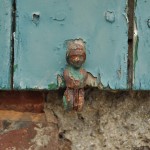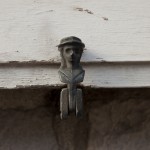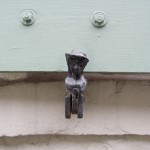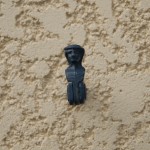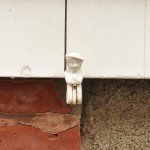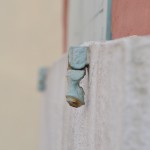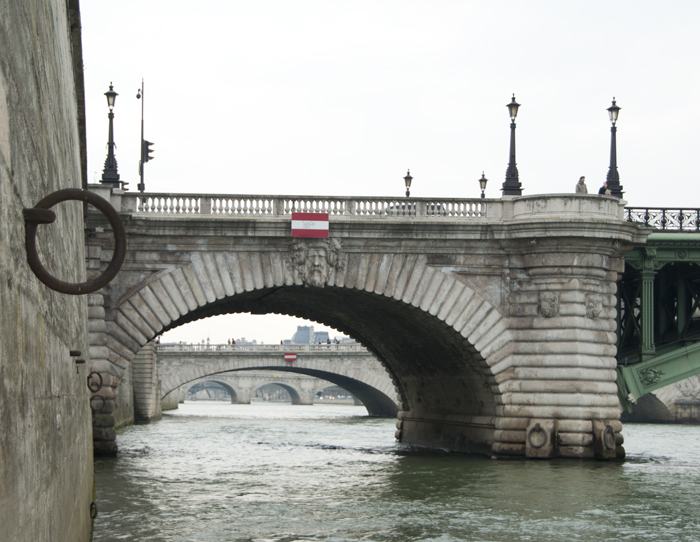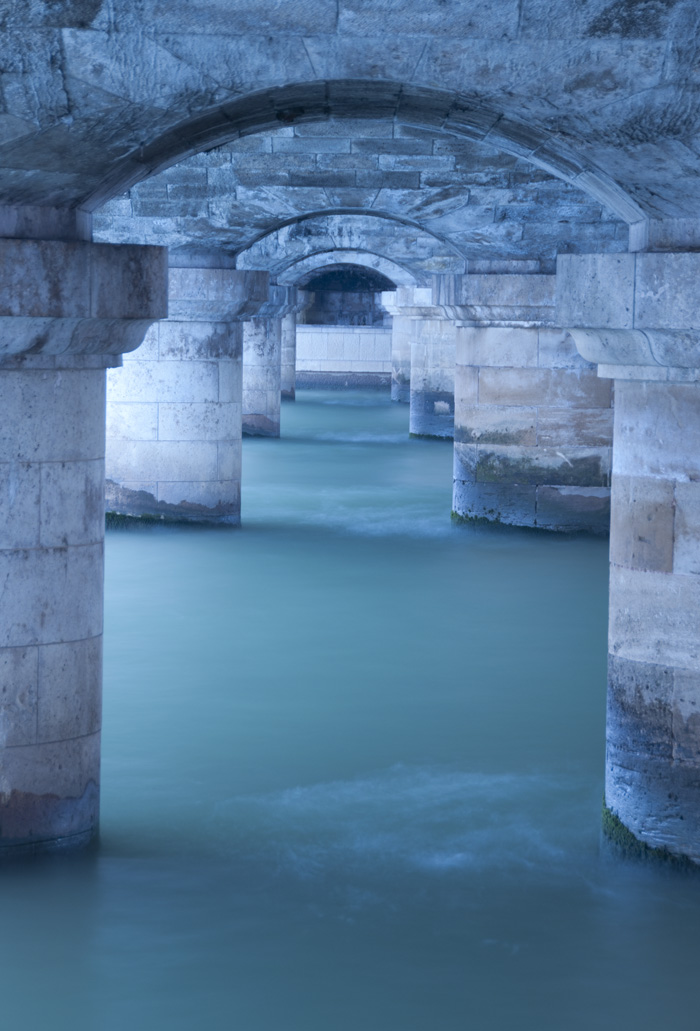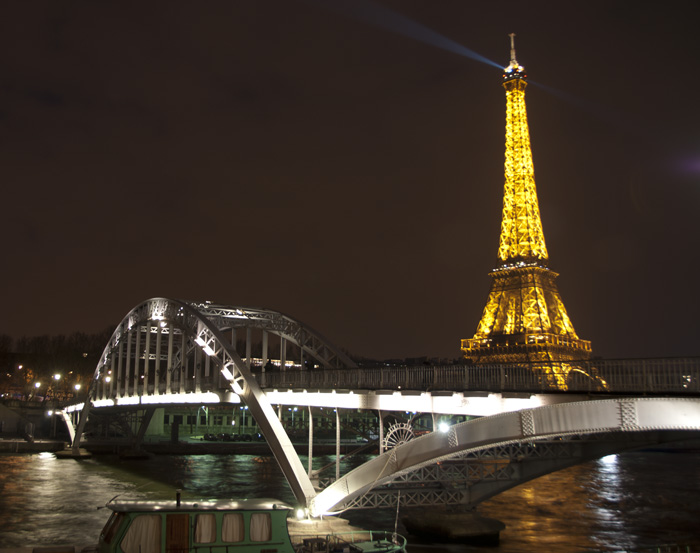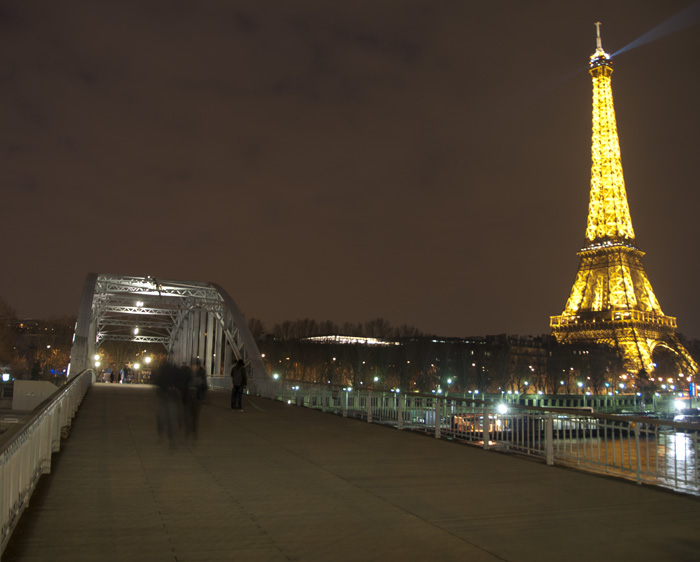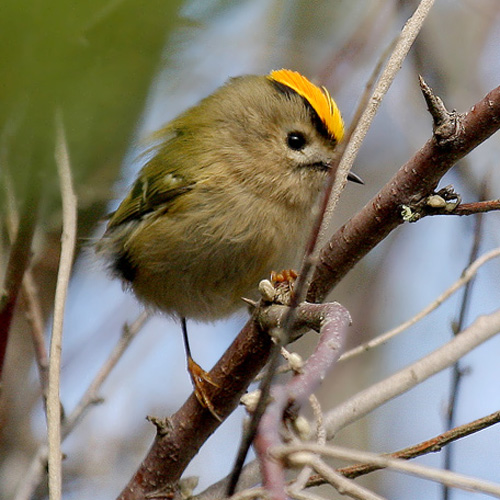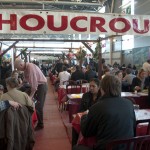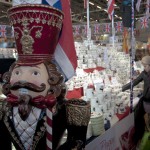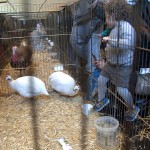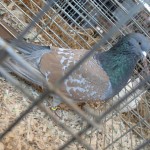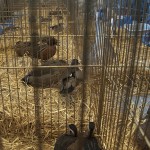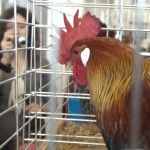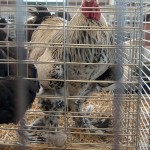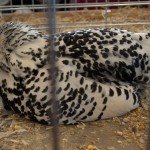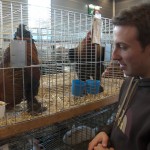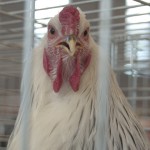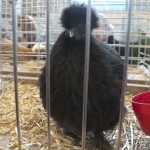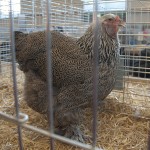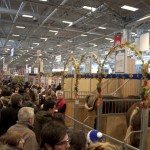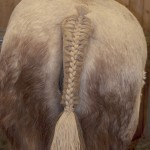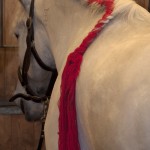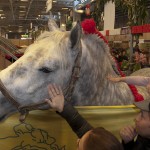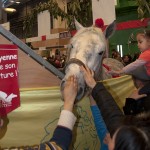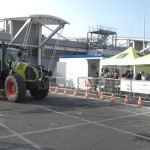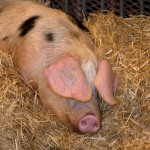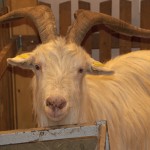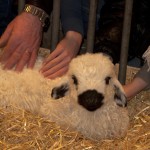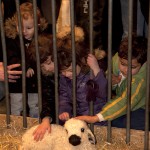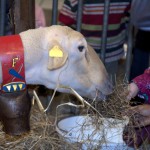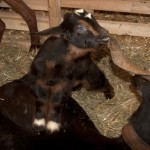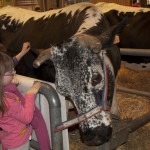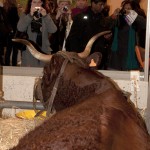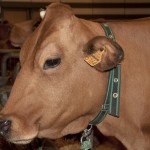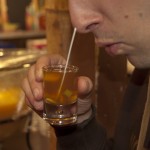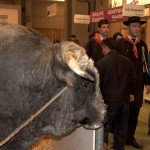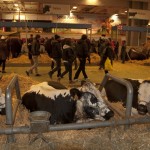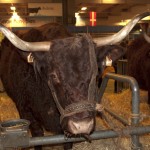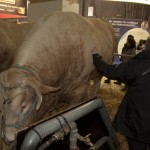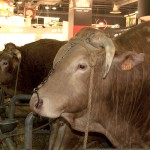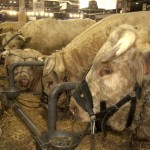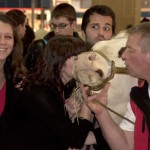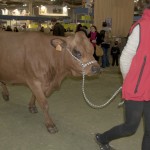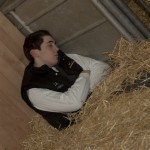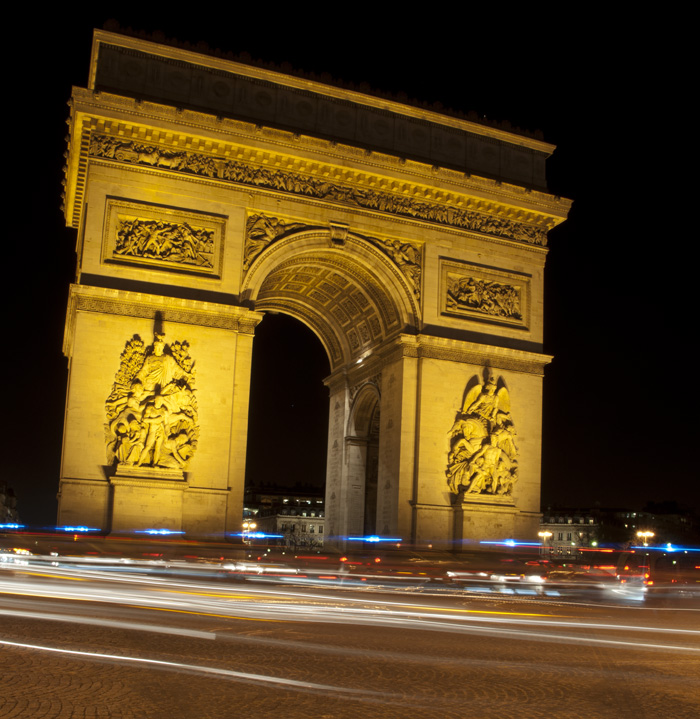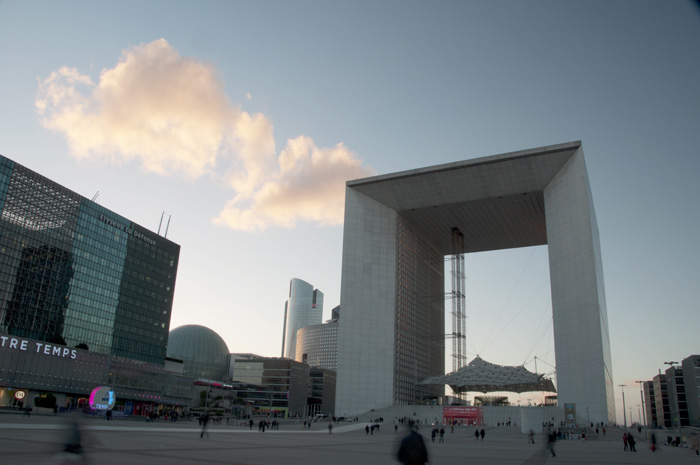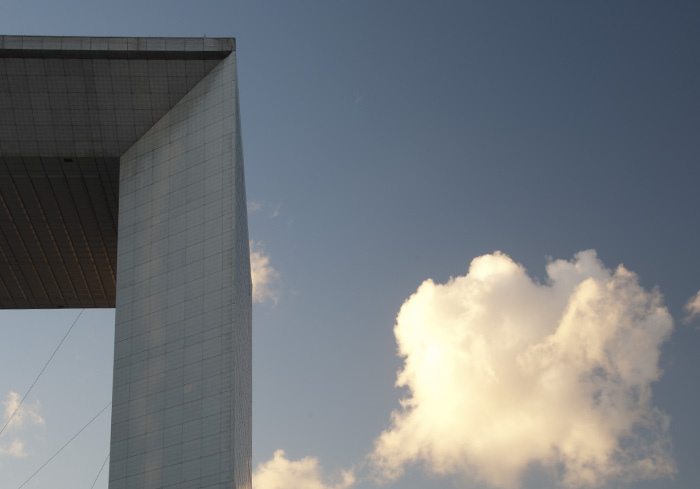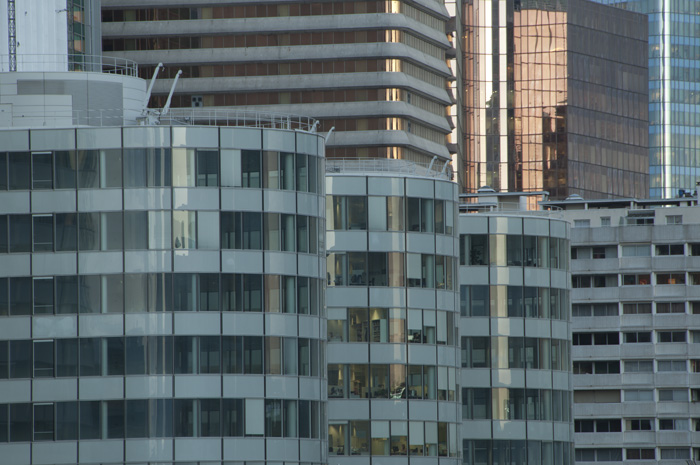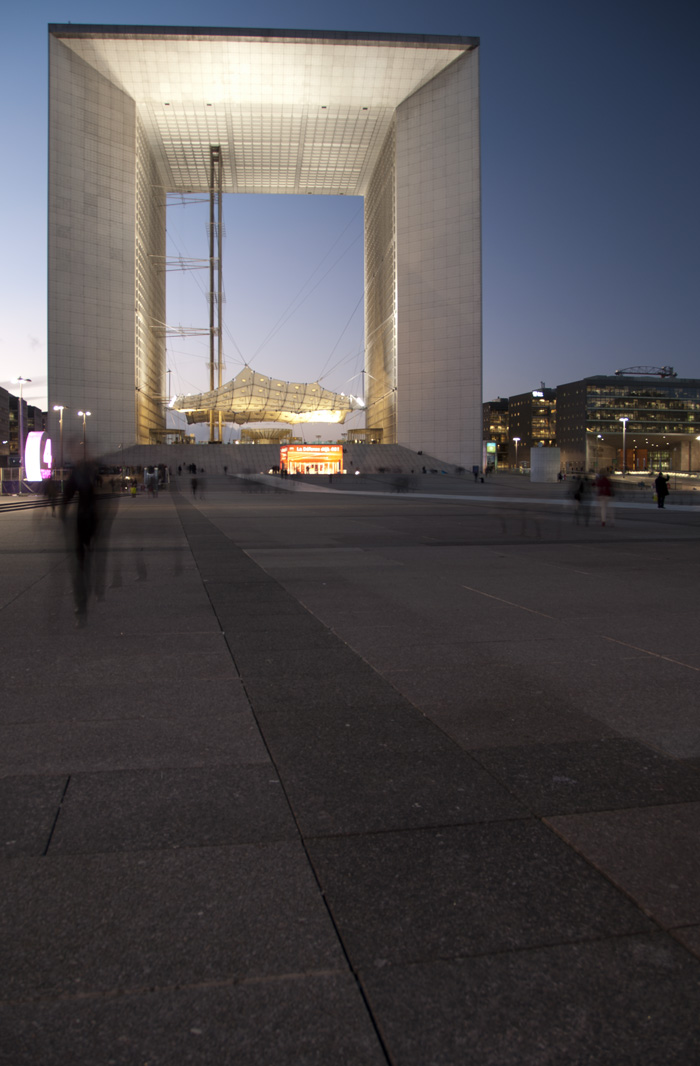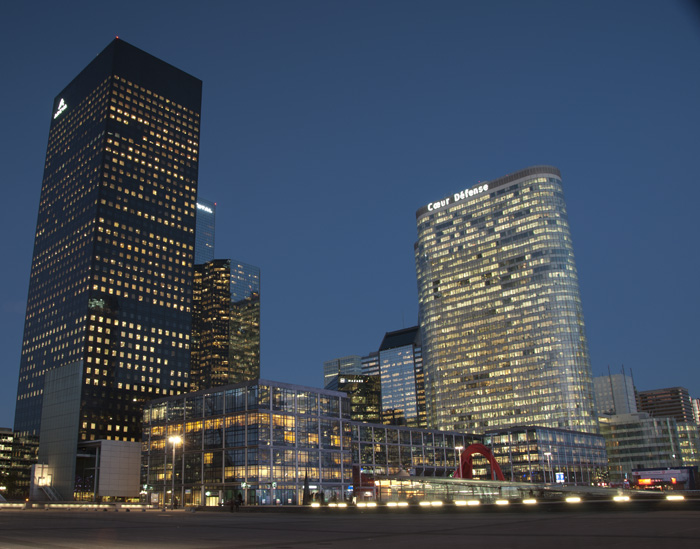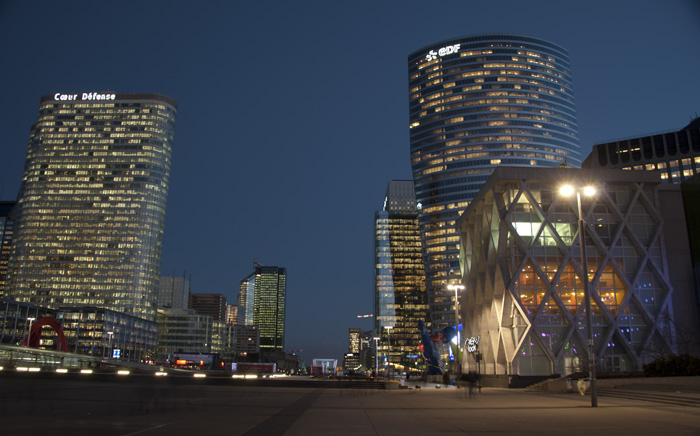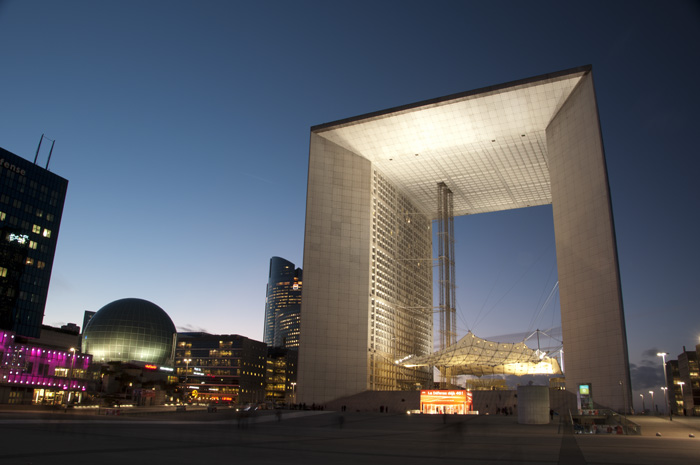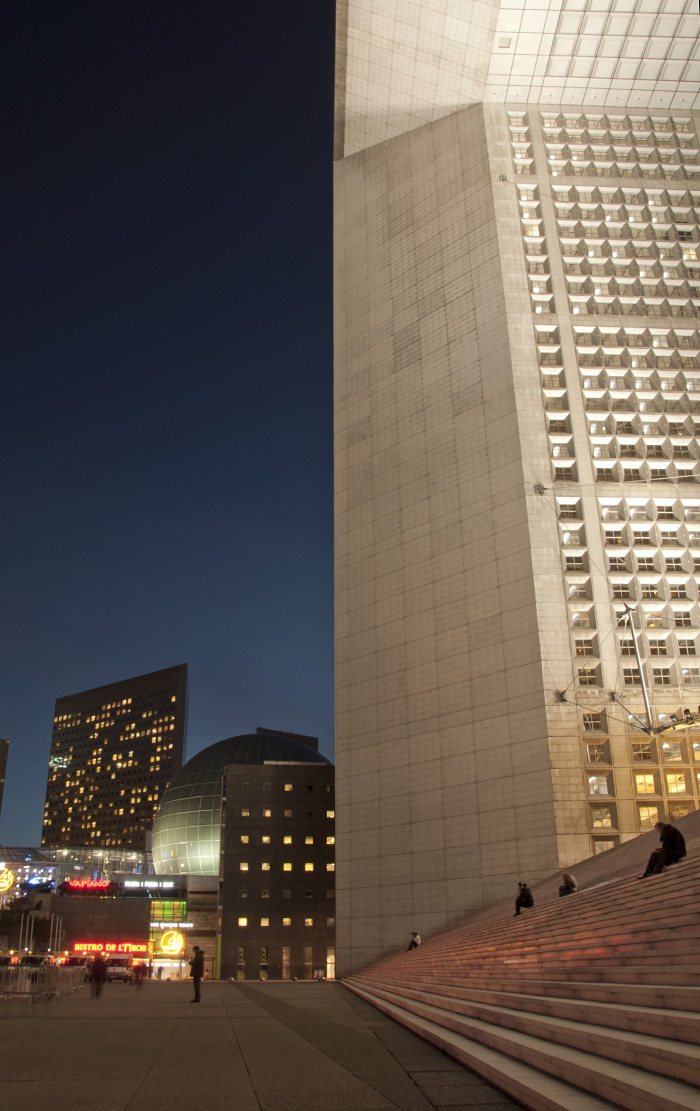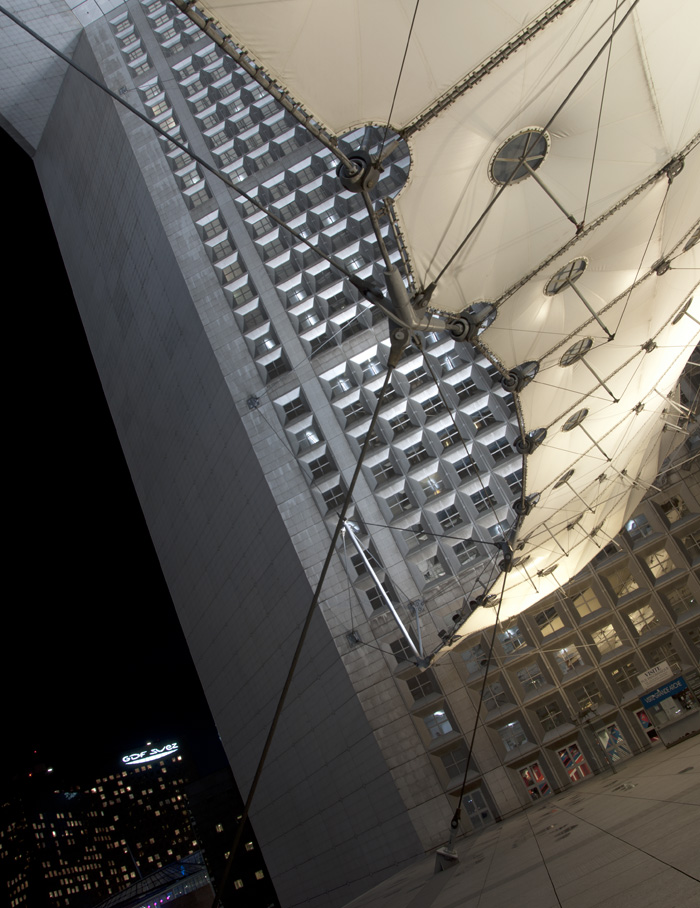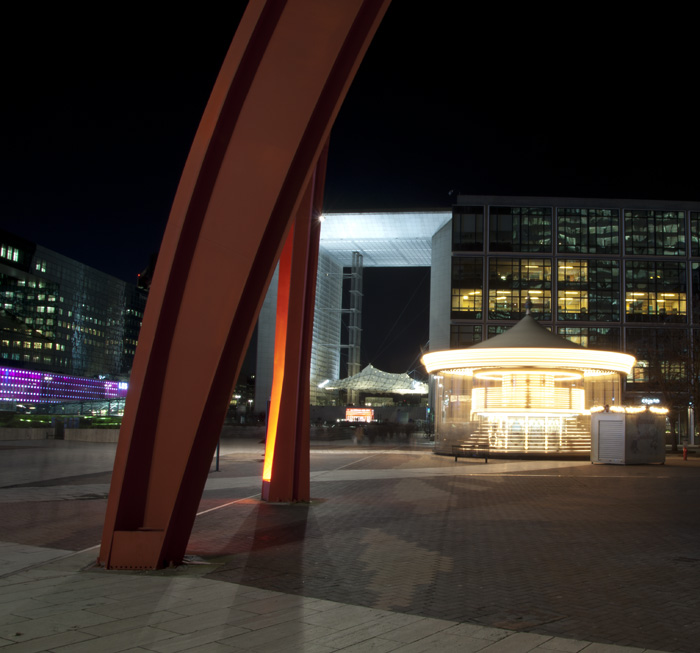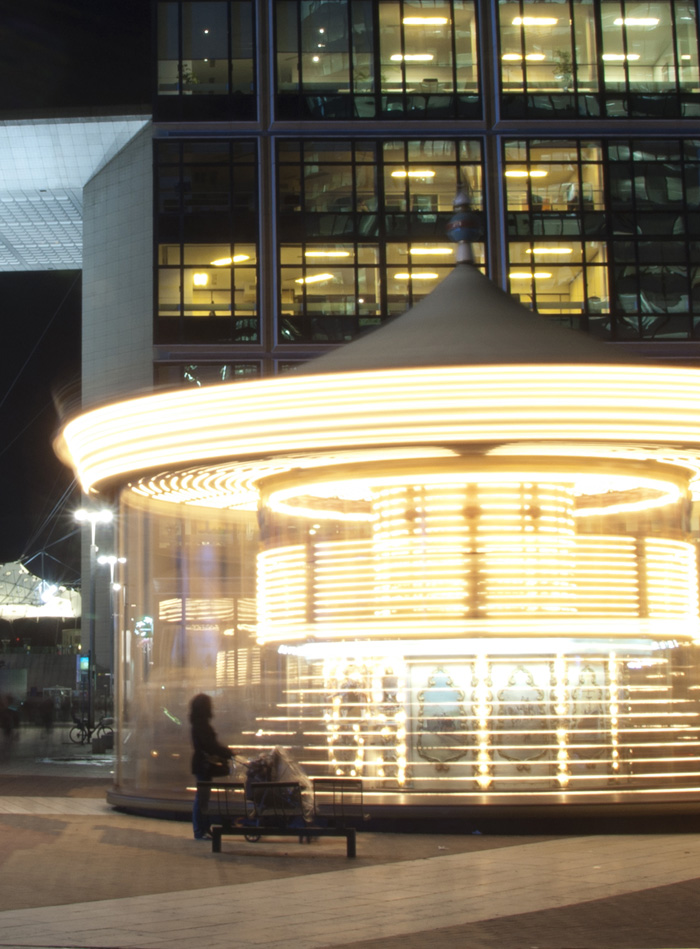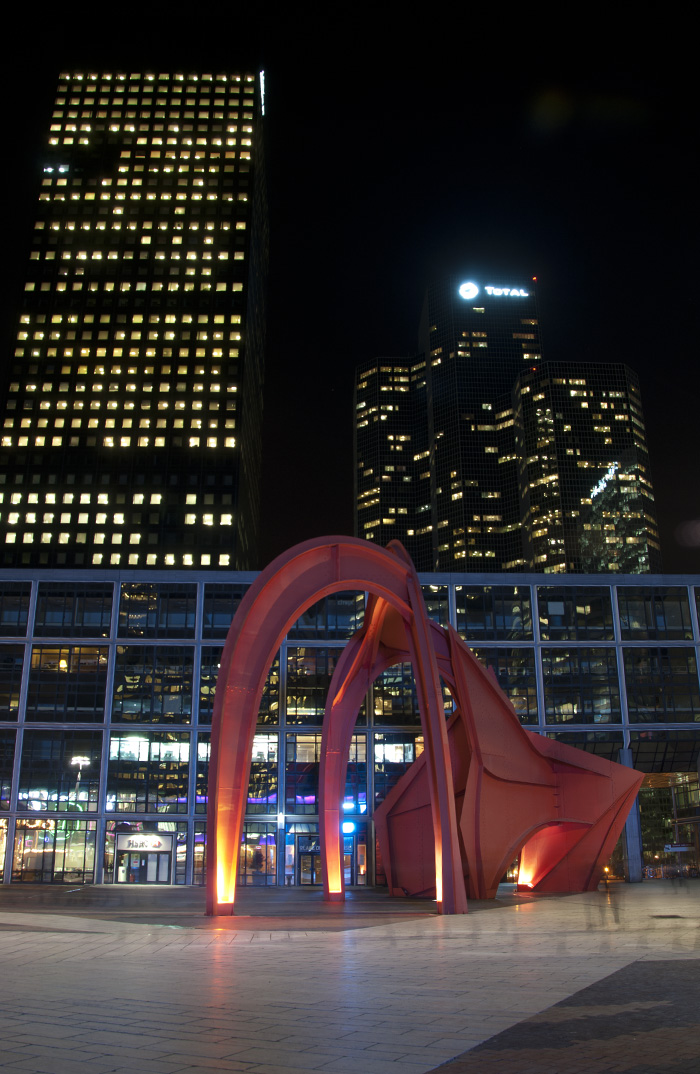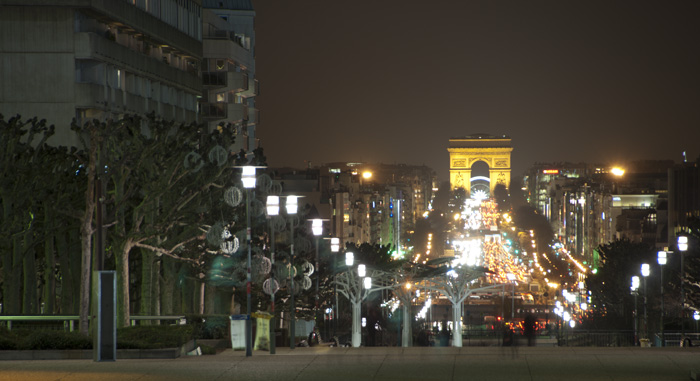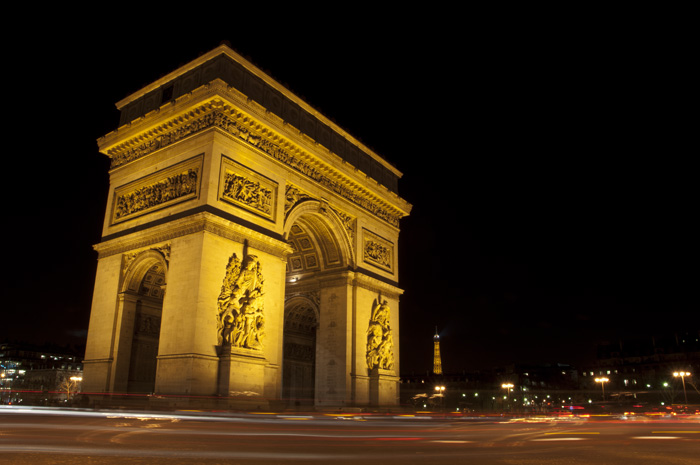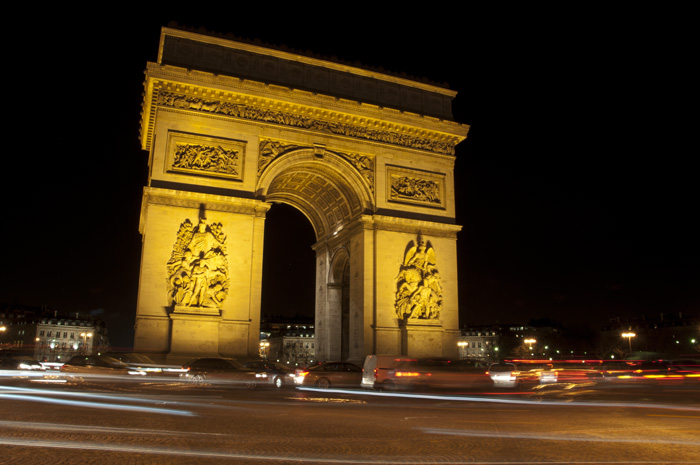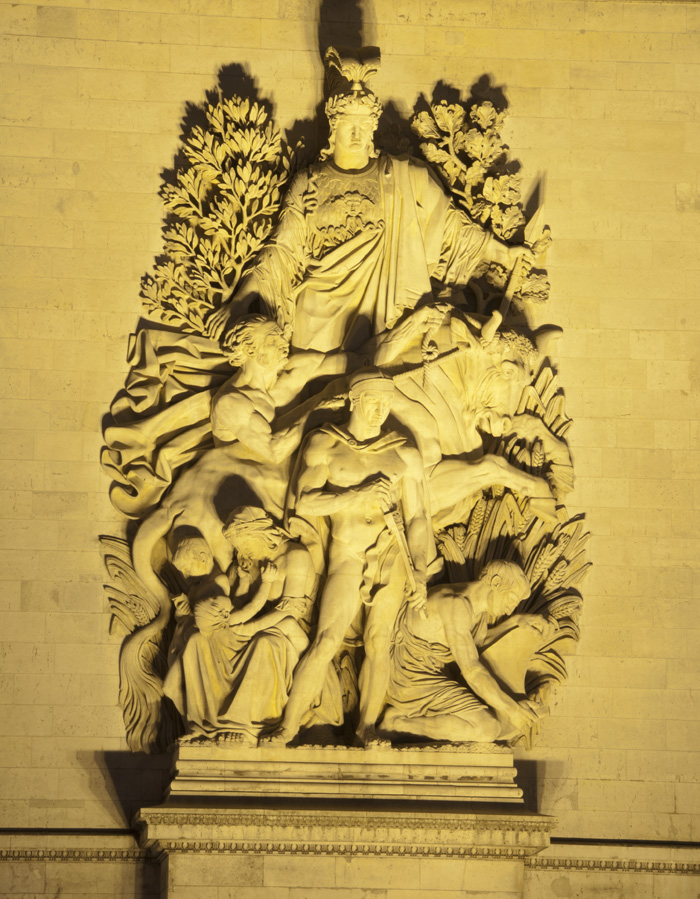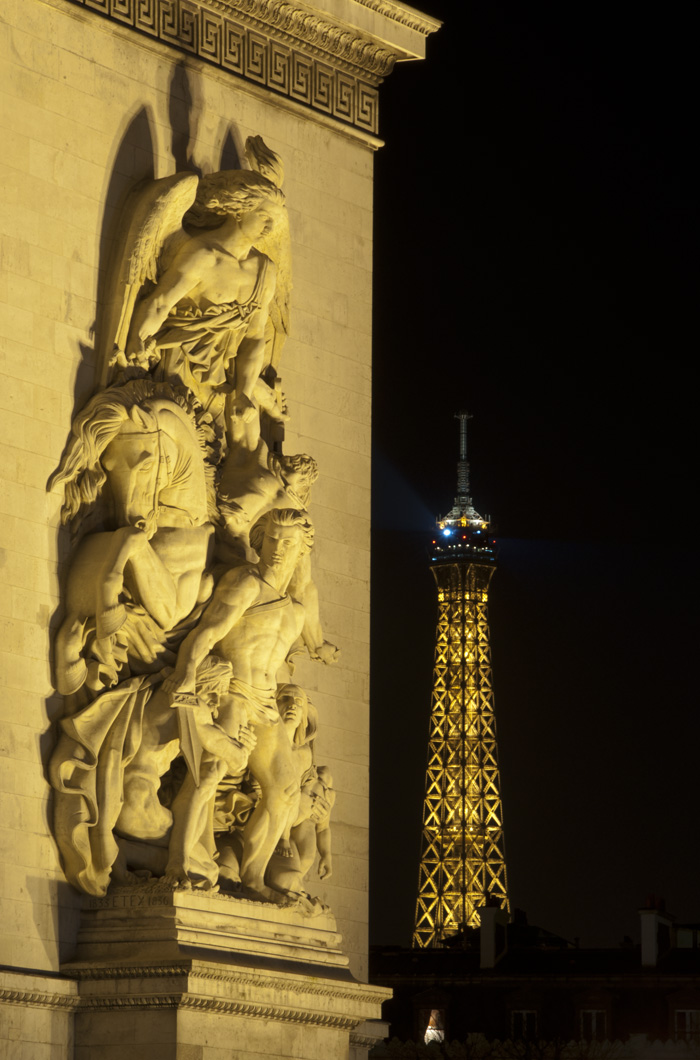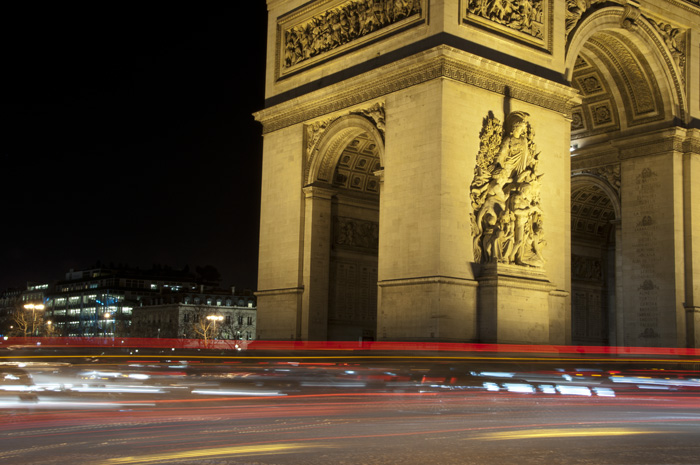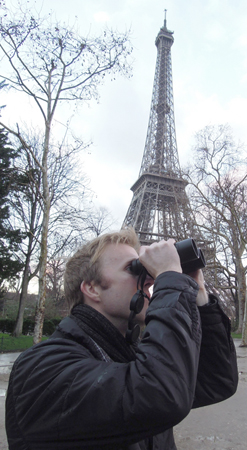Reverse Culture Shock: Paris
“The thrill of take off: the burn of reentry.”
Or it could be less of a burn: a mild irritation, perhaps. But if you’ve returned from overseas back to your place of birth after enough time to settle into a daily routine in a foreign country, chances are you’ve experienced reverse culture shock.
What was normal back home before our departure now stands in contrast. That cup of coffee just isn’t the same when you’re not on the edge of a bustling Italian piazza. You may now have to pump your own gas again, not like in Japan where you are fastidiously greeted at the gas station by bowing attendants. Gone too are the washcloths they cheerfully give you to wipe down the dashboard. Or you may complain about the sorry state of public transportation.
Either way, these fruits of cultural passage cause you to pause and reflect on the previously invisible strings that have guided your life to date. Some of it may be good, and some bad.
As Kristi and I integrated back to Seattle after nearly a year in Paris, there were certainly a couple cultural frictions that slapped us back to reality.
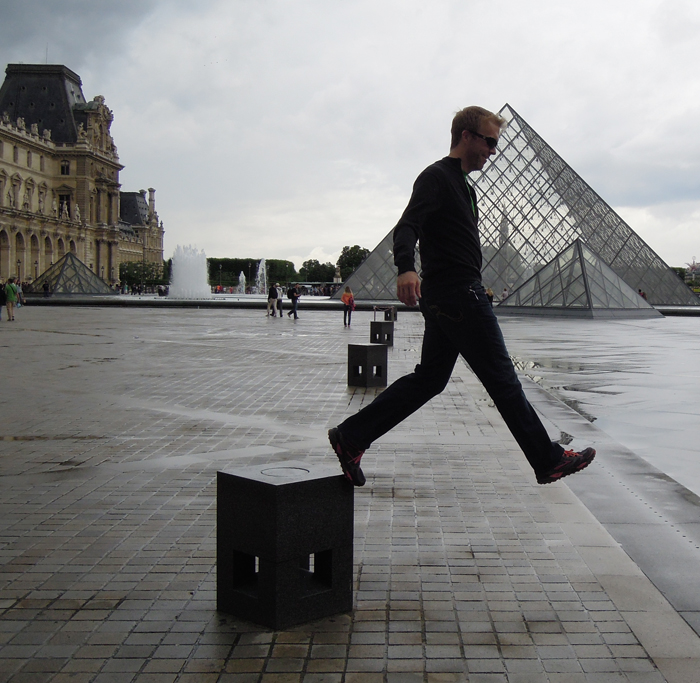
Driving. Everywhere.
If you live in any urban center in Europe, you spend a lot of time walking. If you want groceries, you walk. If you want to go to the local bar, you walk. Gotta go a bit further than your legs can take you? Take a bike, jump on a bus or subway, and then walk. After ten months without a car, I found myself a bit depressed when two errands in Seattle required driving in a triangle, five miles to a side. This relates to the states of public transportation (see next).
The state of public transportation.
Very few people drive in Paris; everyone takes advantage of the widespread Metro system. And, outside New York, practically no one in the United States considers buses or trains as a viable form of transportation.
“It takes too much time” or “it just isn’t safe” are frequent laments.
True, taking the bus does take more time than driving. But the same can be said about getting to and from nearly any location in Paris. Everyone takes the Metro so that’s the widely accepted time it takes to travel between locations. Metros don’t have to compete with cars to get people from Point A to Point B the fastest.
As for public transit in the U.S. not being the safest means of transportation … yeah, well, it’s hard to refute that when your first bus ride home involved a drunken disorderly, assault with a pantomimed weapon, verbal assault, and imported liquid contraband. On our return home from seeing my grandmother, no less.
Fighting resistance to wear scarves.
You better sit down for this one: Parisian men dress better than most Americans do. I had a tough time with the social faux pas of wearing shorts in summer, even when the temperature approached 100 degrees. A salesman almost created an international incident when he scolded me for daring to fight heat exhaustion by baring my legs on an especially hot and muggy afternoon.
But when the weather got a bit cold, the scarf was a sartorial bandwagon I jumped on with alacrity. As a man, I have few opportunities to accessorize and yes, they make me feel pretty. So I bought one. Then I bought eight more. Turns out that was the easy part—finding the appropriate social situation in which to wear them back in Seattle has proven to be a challenge.
Different types of milk.
At our local grocery store in Paris, I thankfully had access to rice milk as an alternative to my “lactose unpleasantness.” But when we returned to the cavernous halls of our American supermarket, I was surprised to find a load of new organisms that had apparently sprouted milk-producing teats: hemp, super grains, almonds, soy, oats…
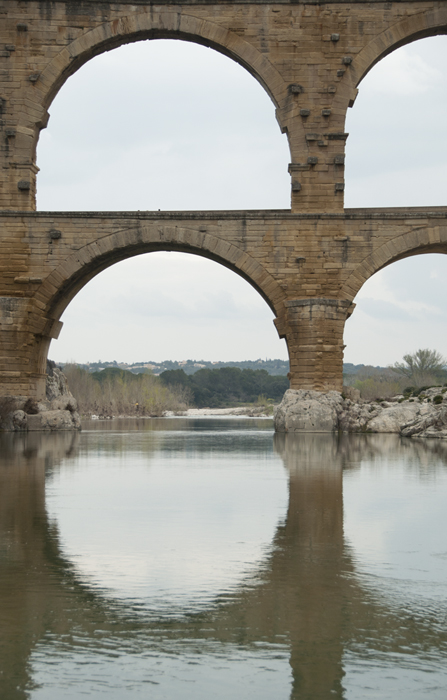
Talking about a trip to Provence … without sounding like a conceited dillweed.
If you are at a dinner party, and someone mentions something—like a favorite cheese or a recent road trip—and it reminds you of your recent experience abroad…
STOP.
Is your story about a recent weekend in the south of France going to put a cork in the conversation? First, look for the proverbial record player in the corner. If nothing is liable to come to a screeching halt, proceed carefully and, for the love of god, please restrict yourself to the American pronunciation of place names. You can easily suck the wind out of a room as you draw out the last syllable of Provence (proh-VAHN-s-s-s-s-s-s-s) and let it hang in the air like the bubbly applause of a freshly poured glass of Dom Perignon.
Oh, us? Yeah, we went there. I tell you about it the next time I see you.
Portion Sizes: Big, or for multiple people.
I lost weight in Europe despite already sporting a svelte (read: atrophied) physique before we left. Sure, walking everywhere helped. But having average food portion sizes no bigger than a human thumb certainly trimmed the waistline. I tried to reverse this trend with baguettes—copious in both quantity and girth—and calorically-augmented foods like Andoillette (pork intestine sausage), but to no avail. It’s a “losing” battle considering American portion sizes dwarf their European counterparts, 2-to-1 (minus Germany).
Not having to tip.
Aside from baguettes, food is generally more expensive in Paris—that is a fact. But you don’t tip in French restaurants. Take 20% off the top of the price of your French meal, and this price discrepancy starts to melt like the cheese on top of a croque monsieur. This relates to my next point.
Receiving decent service at restaurants.
If there was an advantage to paying waiters and waitresses pennies on the dollar (which I don’t support), it would be that tips help incentivize exemplary service. This was a welcome change when we sat down to our first meal on this side of the pond. Service in French restaurants is very good, even better when you consider that they have to endure two Americans vomiting out their normally beautiful language in fits and spurts. But the expediency with which American wait staff fill your water and meet your every need is unmatched.
That being said, when all you want to do is sit on a terrace and mull over your glass of Sancerre, it is nice to be removed from a food industry that is focused on flipping tables.
Walking into a store without being seen.
French courtesy dictates that as soon as you walk into a store, you announce your presence with an enthusiastic “bonjour,” and an “au revoir” as you leave. Sometimes, you just want to enter a store anonymously, especially when these are the only two phrases you can say. You’ll find this anonymity in most American stores where employees aren’t paid on commission.
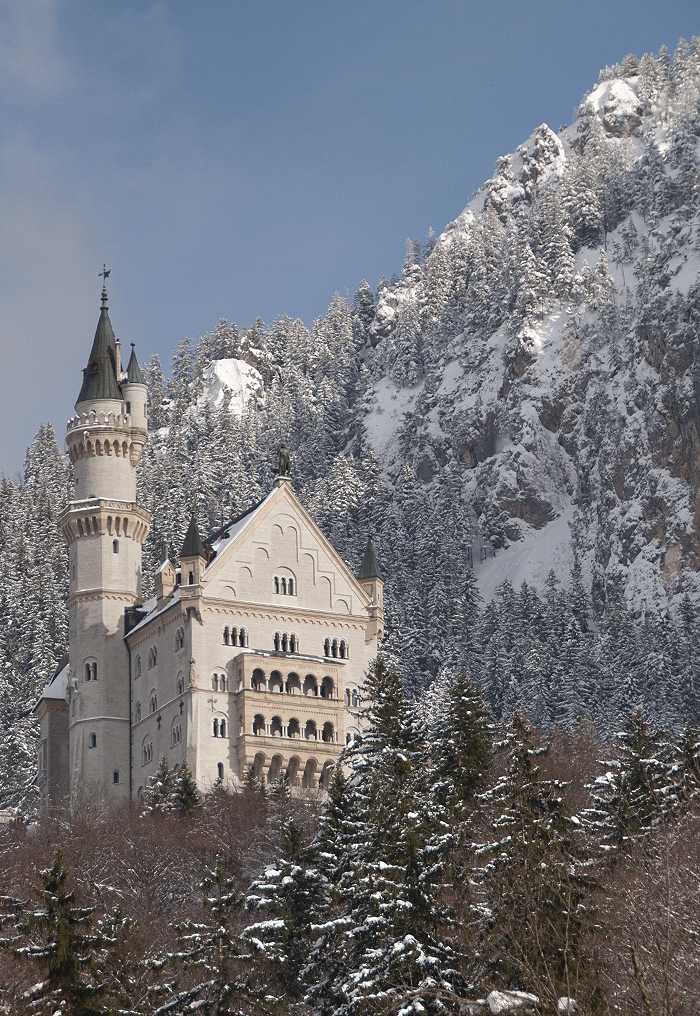
Weekend trips will never be the same.
Sorry, I just have to say it. Weekend trips just aren’t the same once you live in Europe where there are so many interesting locations so close to each other. Leavenworth, a.k.a. “Little Bavaria” of Washington State, unfortunately doesn’t hold a candle to, um, actual Bavaria. Suck it up. Make the most of it, and—for god’s sakes—don’t confess this fact to your friends. You’ll sound like a conceited dillweed again, and you have yet to tell them about your trip to Provence.
Driving slow in the fast lane.
Like the adrenaline rush of a sedan aggressively flashing their high beams behind you at 70mph? Drive in the far left lane in France. The left lane is the fast lane, and it is only to be used to pass slower traffic. It doesn’t matter if you are going over the speed limit, someone behind you will want to go faster. And chances are they are approaching, quickly. You better get out of the way.
After executing my first triangular errand run after my return to Seattle—half of which included Interstate 5—I found myself behind a blue minivan that had the audacity to drive the speed limit in the fast lane, with a finger hovering over my high beam lever.
A drought of draught.
The French are known for their wines but, if you like beer, expect only a handful of options, namely Kronenburg, Grimbergen, and Leffe. If you find a bar with a wider selection, you’ve found a special place; return often to reward their entrepreneurial spirit.
Needless to day, my eyes moistened like a cold tap handle when they scanned the plump beer lists on menus back in Seattle. Turns out, the lack of variety in Paris may have influenced my aforementioned weight loss.
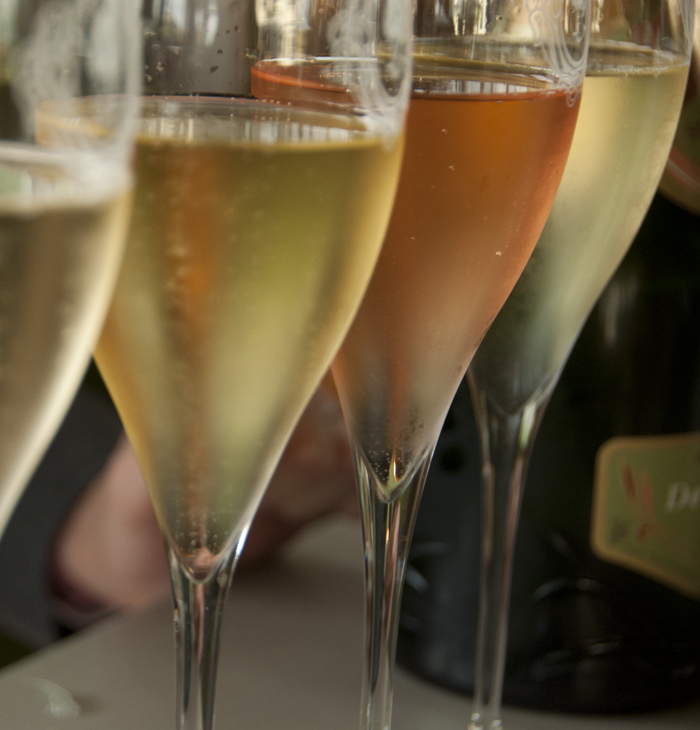
Ordering French wines without sounding like that frickin’ guy.
So they don’t have much beer in France, you better take advantage of the incredible selection of wines. Try as many as you can. Take notes. Find your favorites and even bring a couple bottles home to impress your friends. Remember the names of those favorite bottles when you next go out to dinner, but be prepared to sound like “that frickin’ couple” who just took a Frommer’s guide to Europe.
Then be prepared to spend more money on said bottle.
Then be sure to tell your waiter about your recent trip to Provenc-s-s-s-s-s-s-s…
Church Ceilings, Around the World
Grandiose, Ostentatious, Awe-inspriring, Humbling …
Such is the way that religious institutions—churches, synagogues, temples, mosques—are described around the world. Their designers created physical tributes to the deities that guided many lives throughout the centuries. Even today, in an age when our attention is torn from one flashing screen to another, these monuments still stop us in our tracks.
By setting my camera on its back pointing up, I tried to capture the diversity of these structures and the sense of the awe they all convey.
Sagrada Familia: Barcelona, Spain (1882 – current)
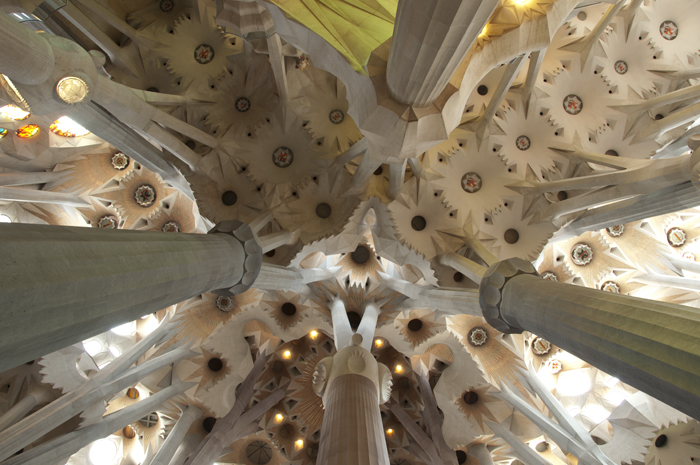
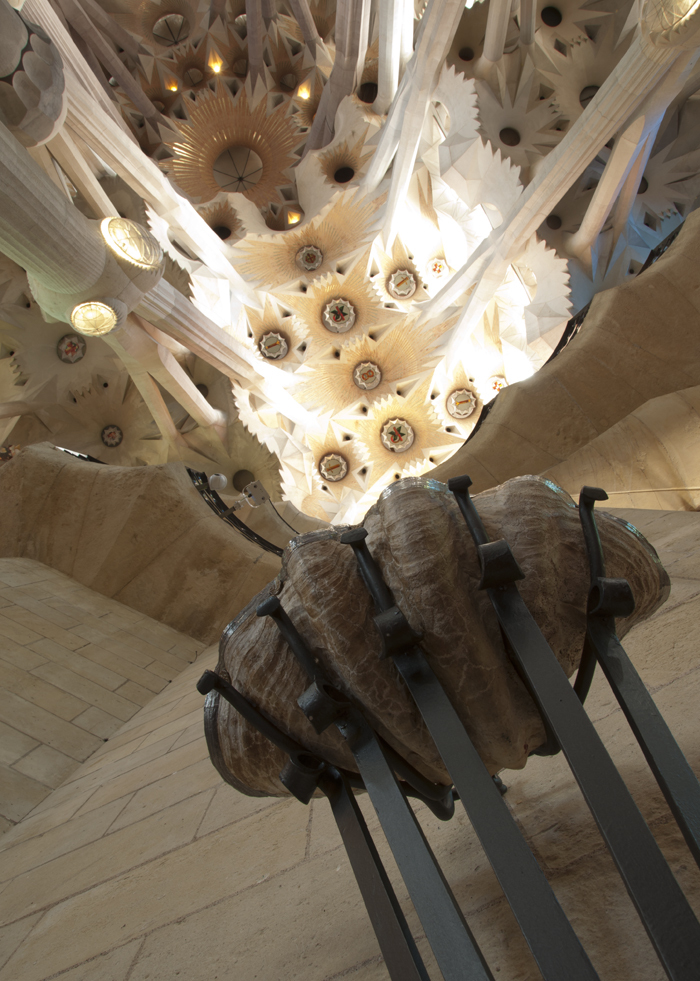
Duomo di Messina: Sicily, Italy (1197, 1908, 1947)
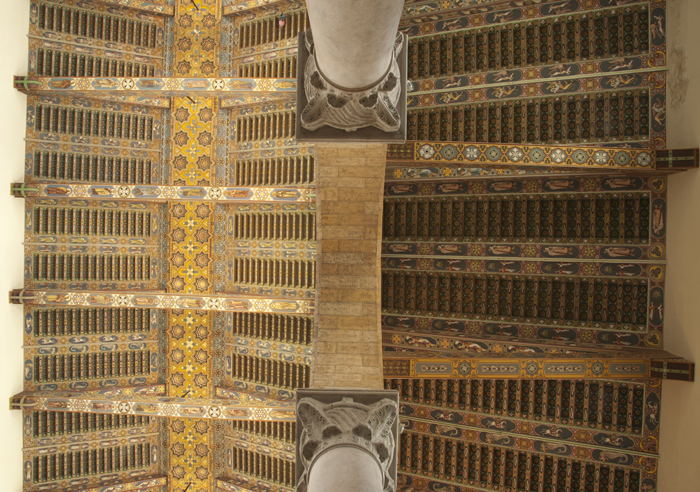
Pantheon: Paris, France (1790)
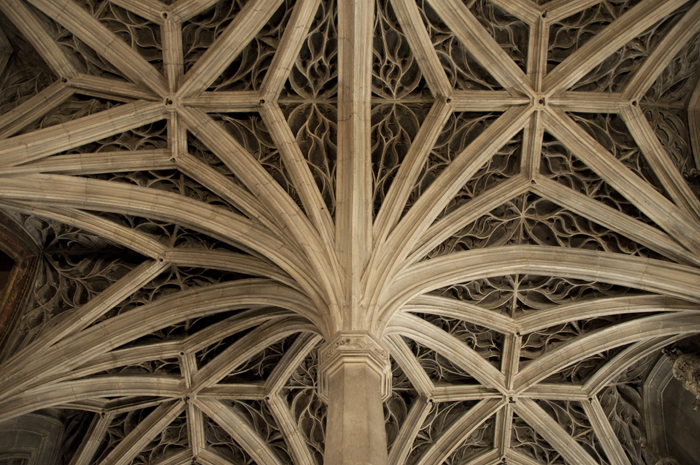
Galleria Umberto: Naples, Italy (1891)
Not a religious institution per se, but some people take shopping very seriously. Even on Sunday mornings.

The Pantheon: Rome, Italy (126AD)
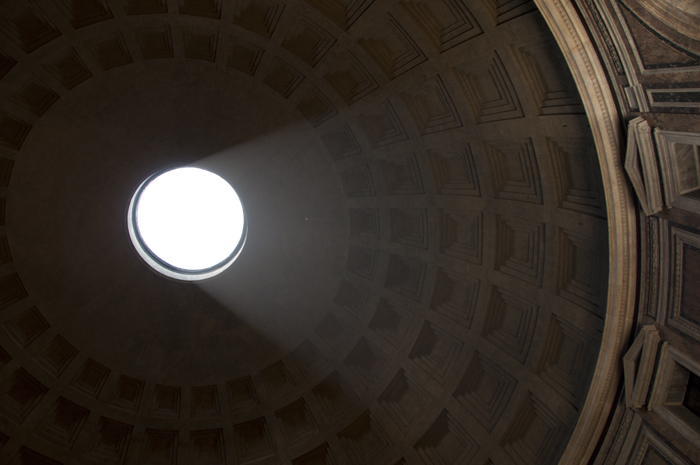
Cathedral of Saint Mary of the See: Sevilla, Spain (1507)

Rumbach Street Synagogue: Budapest, Hungary (1872)
In Hungarian: Rumbach utcai zsinagóga
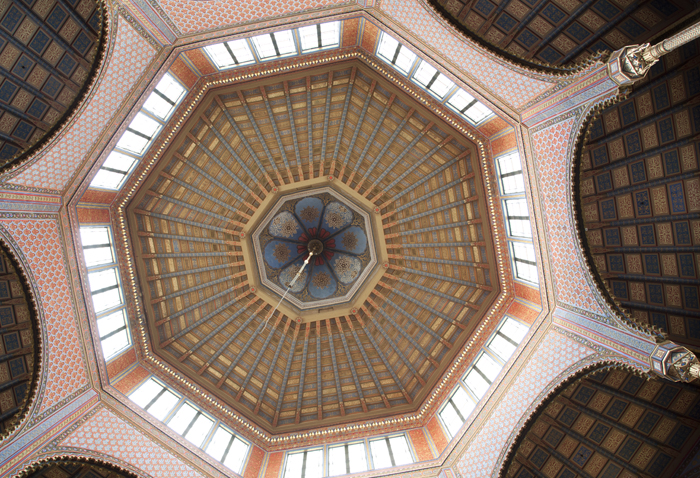
St Joseph T.M.L. Masjid Mosque: Port of Spain, Trinidad (1954)
Holy Trinity Cathedral: Port of Spain, Trinidad (1816)
Basilica of the National Shrine of the Immaculate Conception: Washington D.C., USA (1959)
Washington National Cathedral: Washington D.C., USA (1990)
Metropolitan Cathedral Catedral Metropolitana de Santiago: Santiago, Chile (1880)
French Woman Window Thingy
The 35 Bridges of Paris in an Evening
Three shapes emerge when you look at a map of Paris: a circle, a spiral, and a horseshoe. The peripherique is the 35km circular highway that defines the boundaries of “Paris proper.” The spiral is provided by the twenty arrondissements (or “neighborhoods”) of Paris that—in an effort to disorient tourists—begin in the middle and spiral out like a clockwise snail shell to the twentieth in the eastern portion of the city. About halfway down it’s 775km body, the Seine River snakes through the circular border of Paris, creating an oblong horseshoe within its circular border.
On a sunny Sunday in late March, I traced the horseshoe on foot to take pictures of each of the 35 bridges that span this renown river (37 if you include the peripherique—which I didn’t). It took six hours to walk the 14km horseshoe, following the Seine downriver, east to west. Unfortunately, by the time I arrived at the first bridge at 5:00pm, the sky produced the brightest, flattest light I’d ever seen; but I was already committed.
Once the sun went down, and the street lights turned on, the photo opportunities improved.
It was a fun study of the sheer diversity of Parisian bridges, from the oldest Pont Neuf (“new bridge,” ironically) built of stone in the 16th century, to the newest: a steel pedestrian span built in 2006.
Bridges of Paris – East to West
Pont = “Bridge” in French
Bridge 1 – Pont National
Completed in 1853 as a railway bridge and named Pont Napolean III (the famous Napolean’s nephew) until 1870. The peripherique bridge, and some of Paris’ nearest industry, loom in the background.
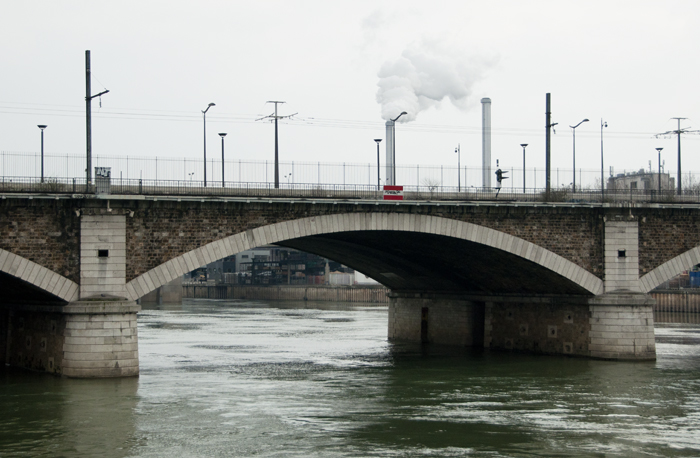
Bridge 2 – Pont de Tolbiac
This span was built in 1882 in a push to urbanize eastern Paris and, appropriately, it’s currently flanked by a cement company. It was hit by a downed British plane during World War II.
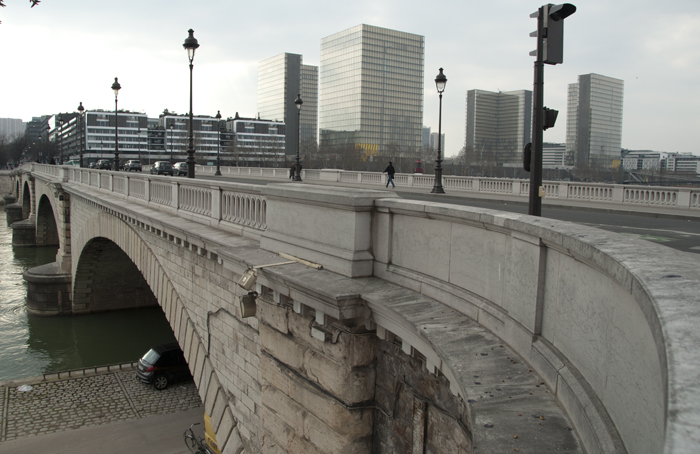
Bridge 3 – Passerelle Simone-de-Beauvoir
Erected in 2006, this passenger/cyclist only bridge was the 37th built in Paris. Named after the 20th century author who significantly influenced “second-wave feminism” through her 1949 book The Second Sex.
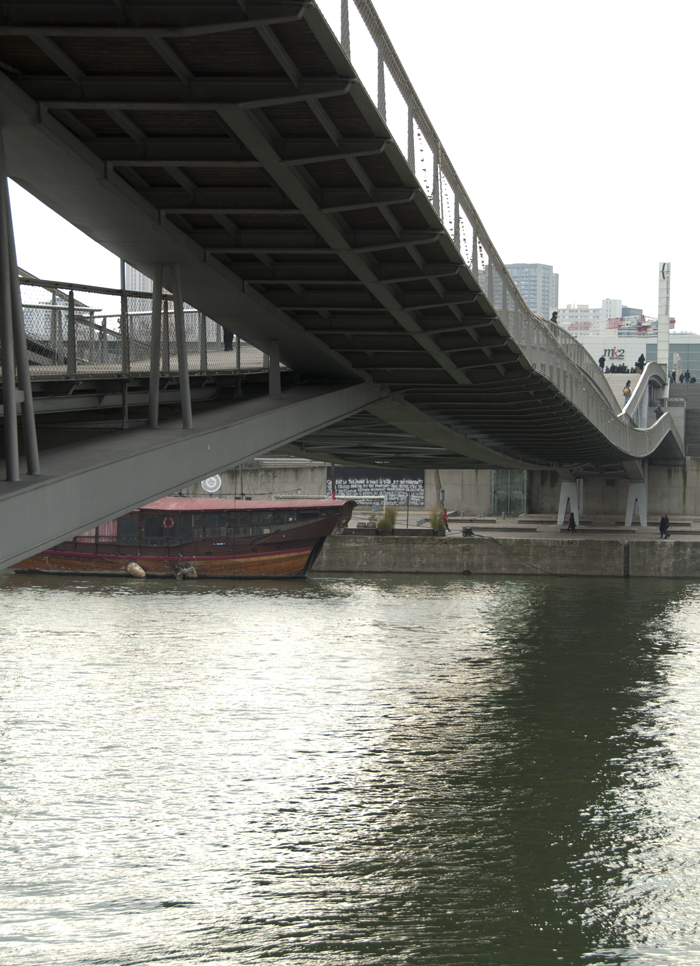
Bridge 4 – Pont de Bercy
A suspension bridge was built on this location in 1832 to replace a congested ferry service. This toll bridge was replaced in 1864 by a stone structure. It wouldn’t remain untouched for long: a second bridge was stacked on top for the Line 10 metro in 1904, and the width was doubled in 1989 to accommodate increased road traffic.
I was especially drawn to the bold graffiti on the abandoned building behind it.
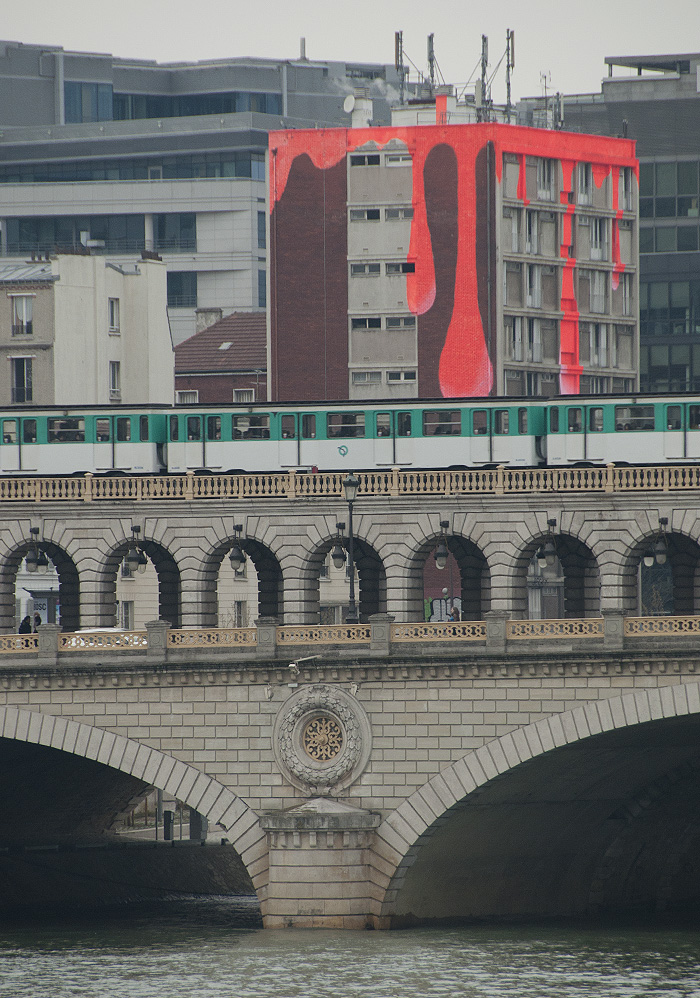
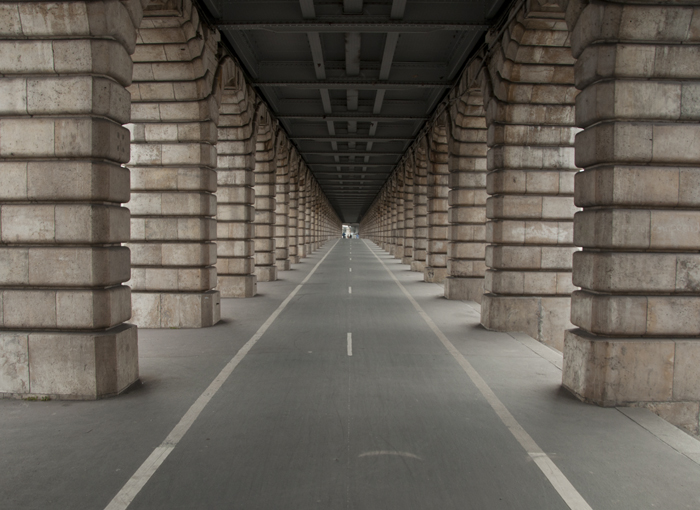
Bridge 5 – Pont Charles De Gaulle
Pont Charles de Gaulle was built in 1996 to relieve congestion on Pont d’Austerlitz to the north, the busiest bridge in Paris. It also created a direct connection between Gare d’Austerlitz and Gare de Lyon (pictured below), two popular train stations in southeastern Paris.
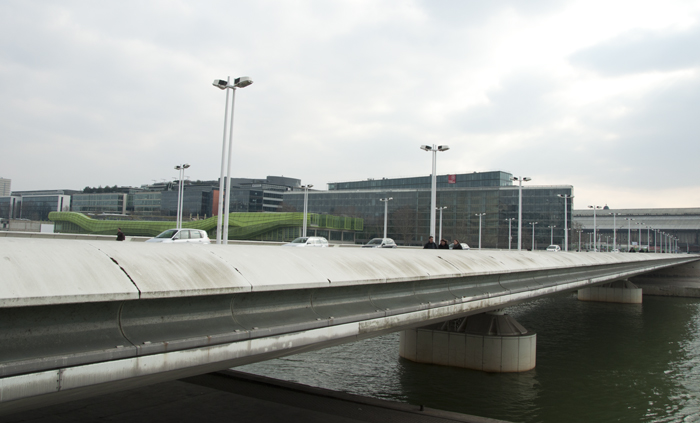

Bridge 6 – Viaduc d’Austerlitz
The Viaduc d’Austerlitz is used solely for the Line 5 metro. When it was completed in 1904, the 460ft bridge was the widest single span in Paris. It is currently second only to the 1996 Pont Charles-de-Gaulle immediately to the south.
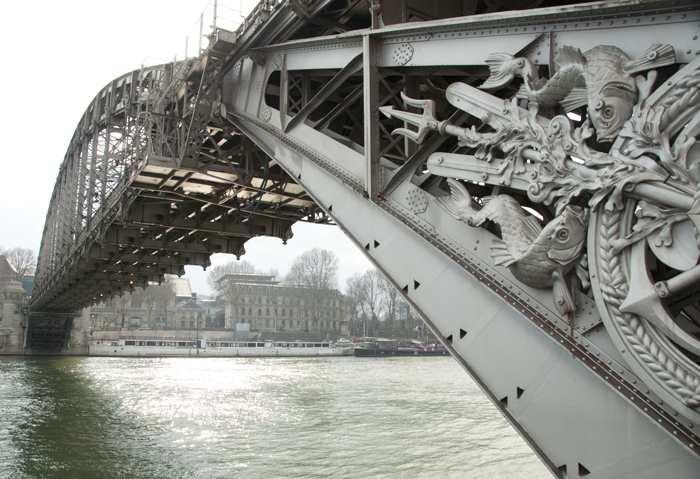
Bridge 7 – Pont d’Austerlitz
First constructed in 1805, this stone mason bridge was widened in 1854, and again in 1885. It was named after the Battle of Austerlitz of 1805 when, under one of his greatest victories, Napoleon defeated the imperial armies of both Russia and Austria in present day Czech Republic
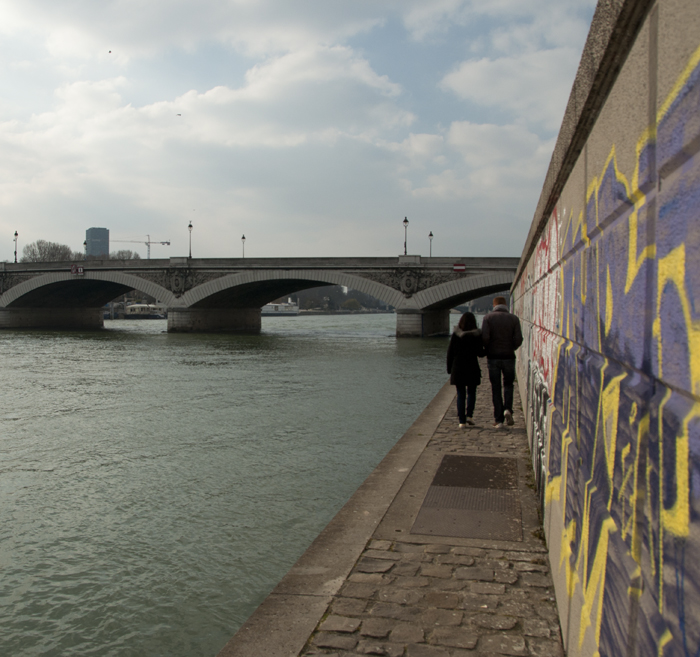
Bridge 8 – Pont de Sully
Composed of two spans that cross the tip of Ile Saint Louis, the first Pont de Sully was built as a pedestrian bridge in 1838. Construction costs were regained through tolls until 1872, when it succumbed to corrosion and collapsed. The current bridge was built in 1876.
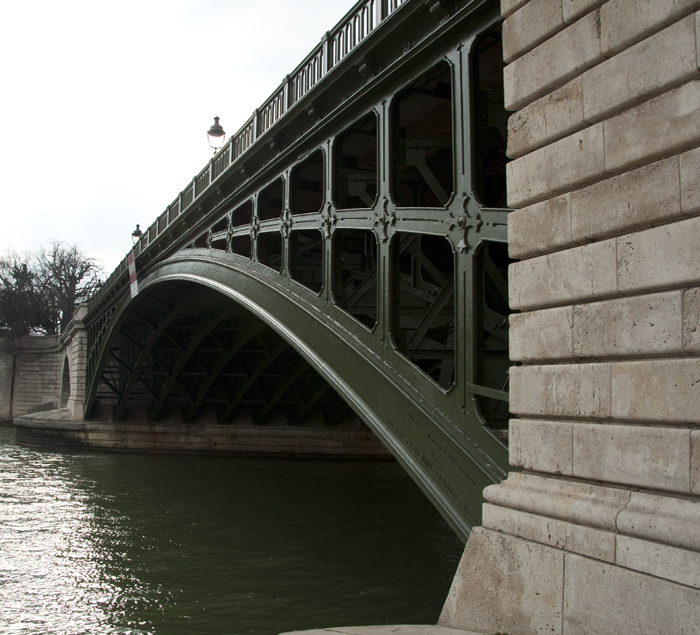
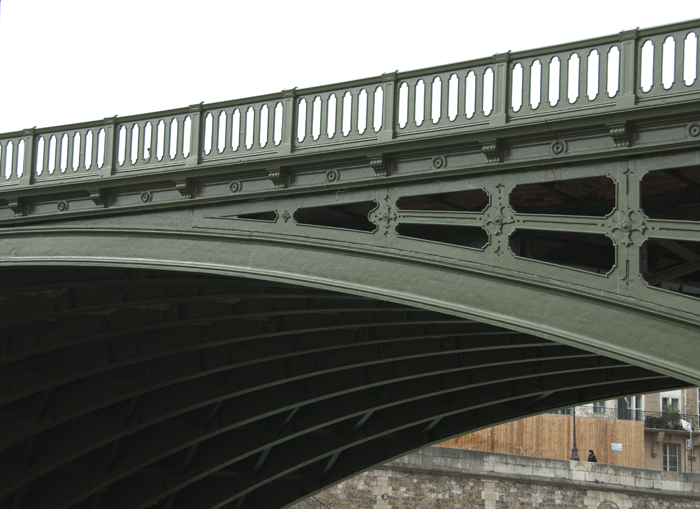
Bridge 9 – Pont de la Tournelle
Currently graced by a structure built in 1928, the site has hosted a bridge since the middle ages; unfortunately the original wood structure was destroyed in the flood of 1651 and its stone replacement was demolished in 1918.

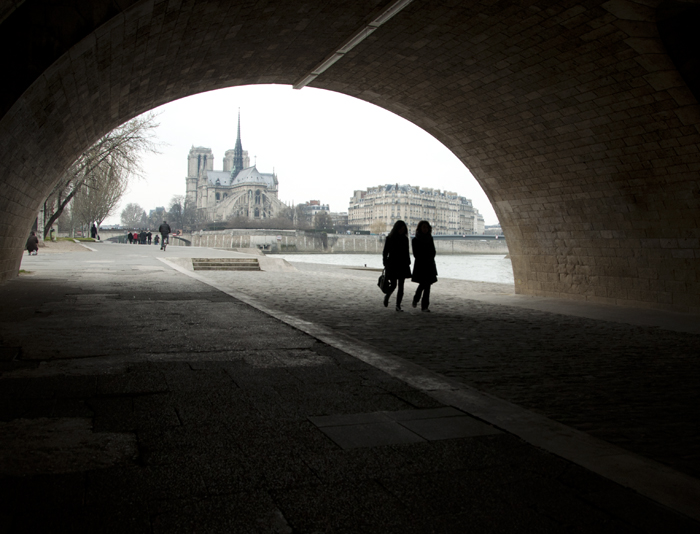
Under Pont de la Tournelle with Notre Dame in the background, downriver.
Bridge 10 – Pont Marie
Pont Marie was completed in 1635, after twenty years of construction, making it one of Paris’ oldest bridges. Fifty homes were erected on the bridge shortly after opening, despite appeals from the bridges designer (Christopher Marie). They were washed away during the flood of 1658. Each of the bridges five arches are unique.
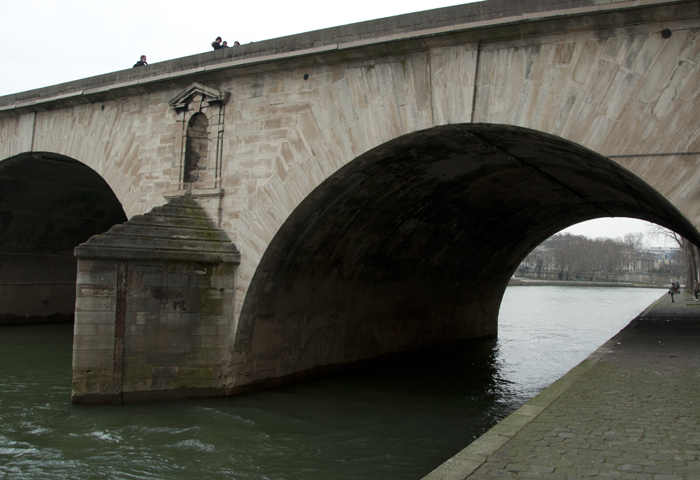
Bridge 11 – Pont Louis-Philippe
Its present form was built in 1860, but the site had hosted two bridges before it, the first of which was a nameless suspension bridge that was replaced in 1833.

Bridge 12 – Pont Saint-Louis
This current metal span dates to 1970, but the location—which connects Notre Dame with Ile Saint-Louis—has hosted seven iterations before it.

Bridge 13 – Pont de l’Archevêché
This bridge, the narrowest in Paris that allows cars, was built in 1828. Once Pont des Arts was cleared of its famous “love padlocks” in 2010, intrepid lovers fixed their heartfelt hardware on Pont de l’Archevêché, just a “locks throw” from Notre Dame.

Bridge 14 – Pont au Double
“Double” stands for the “double denier” coin pedestrians were charged to cross the first bridge, dating to 1634. Following a second bridge in 1847, the third and current version—made of cast iron—was built in 1883.
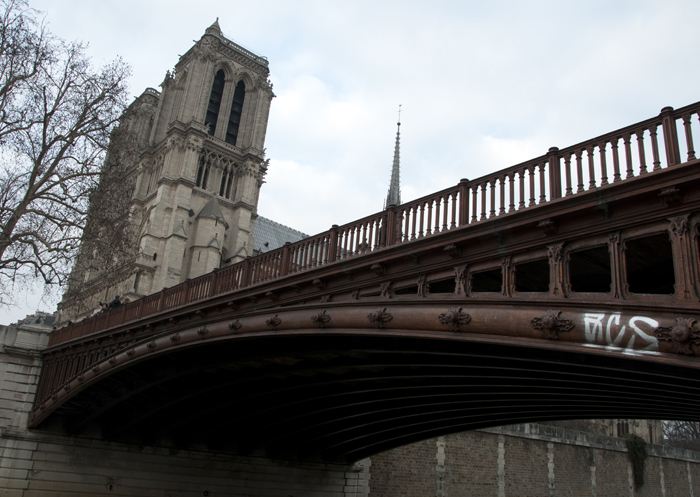
Bridge 15 – Pont d’Arcole
In 1854, this bridge was the first wrought-iron bridge to span the Seine (differentiated from the familiar cast iron by containing more fibrous content and less carbon). The Eiffel Tower was made from wrought iron thirty five years later. The bridge sagged suddenly in 1888 by 20cm; it was finally corrected in 1995. Hôtel de Ville can be seen in the background.
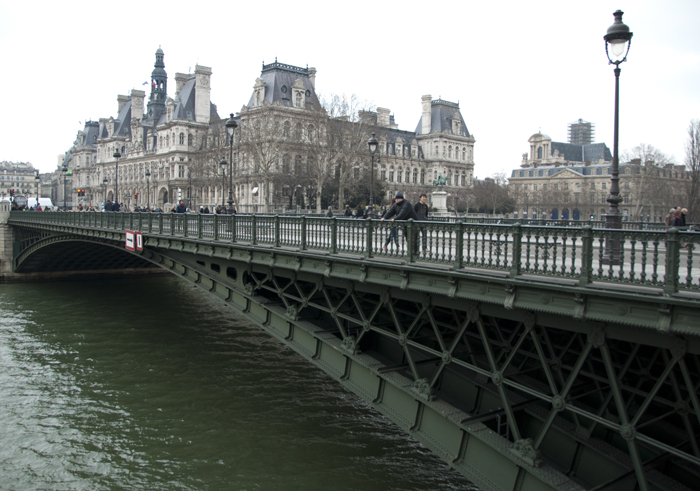
Bridge 16 – “Petit Pont”
Small, unassuming … and ephemeral, the Petit Pont has existed in its current form since 1853 but at least twenty-four predecessors have been washed away since the 9th century.
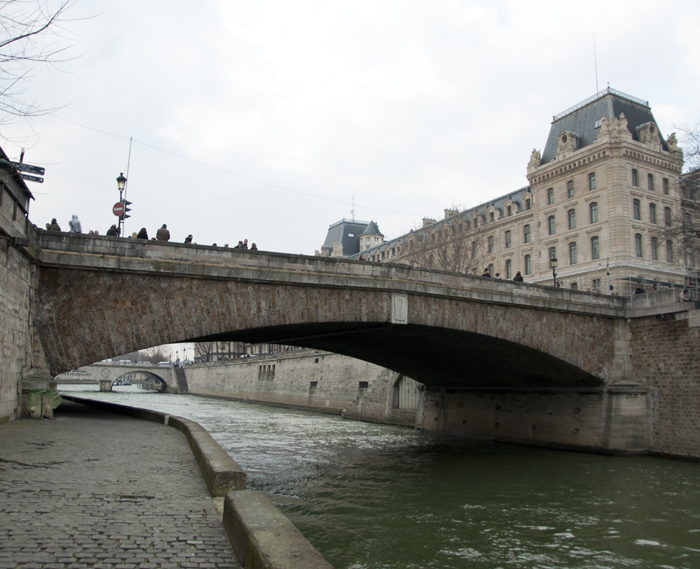
Bridge 17 – Pont Notre-Dame
While not the oldest bridge, the location hosted the first bridge in Paris—le Grande Pont which was destroyed during the Norman invasion of 886. Its current (metal) form was built in 1919 to replace the tight stone arches of its predecessor, nicknamed “Devil’s Bridge” by the boats attempting to pass underneath.
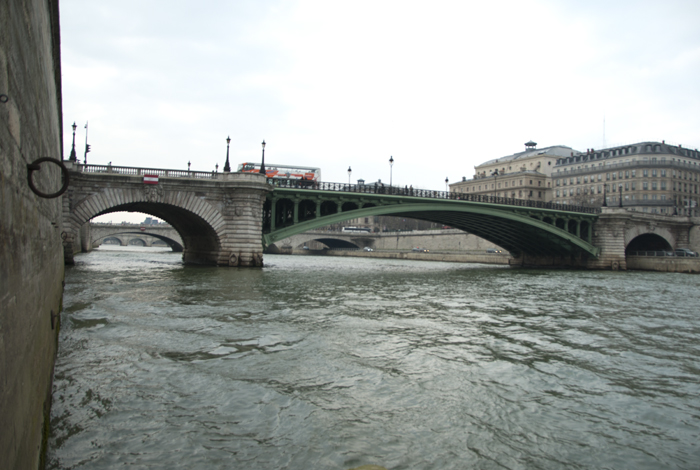
Bridge 18 – Pont Saint-Michel
The late 14th century saw the first bridge at this location. Common during the Medieval Period, houses lined both sides of the bridge, which may have contributed to its collapse during an especially extreme winter in 1408. The current bridge was built in 1857 and played host to many of the killings in the Paris Massacre of 1961, where numerous Algerians were bound and thrown in to the Seine by the police.
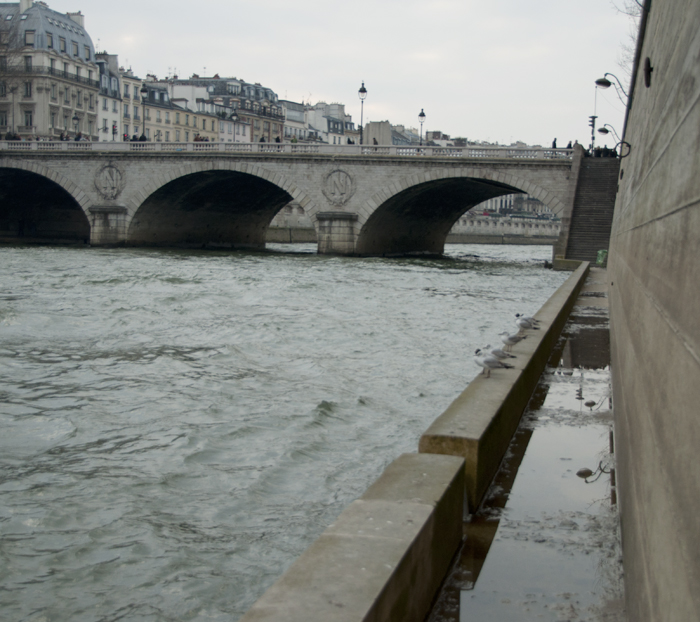
Bridge 19 – Pont au Change
Built in 1860, the Pont au Change was named after the money changers and goldsmiths that lined its predecessors during the 12th century.
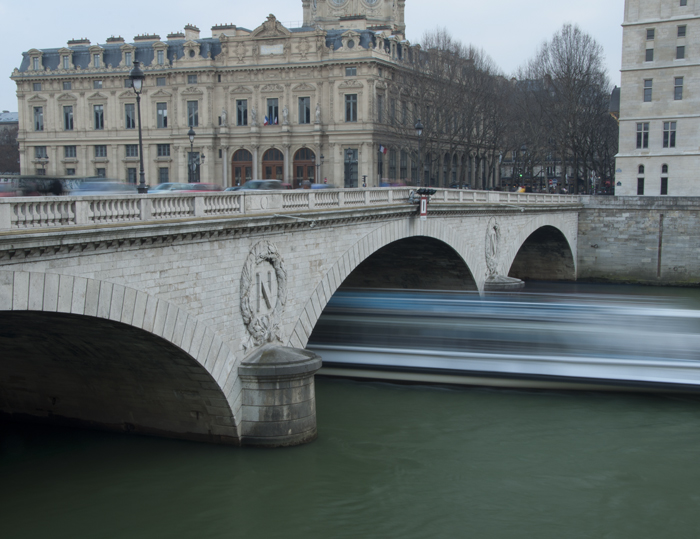
Bridge 20 – Pont Neuf
Inaugurated in 1607, le Pont Neuf—”new bridge”—is the oldest in Paris, an irony not lost on most guidebooks. Pont Neuf was the center of the city and the top tourist destination before the construction of the Eiffel Tower. Jugglers, musicians, and prostitutes vied for the attention of the public, much to the delight of numerous pickpockets.

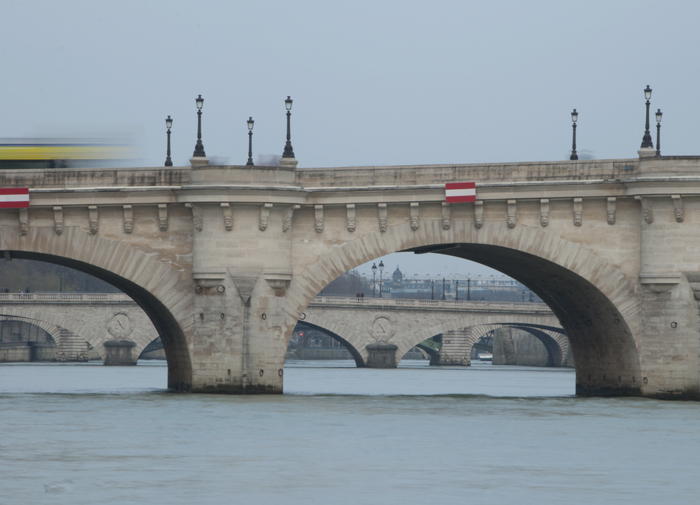
Bridge 21 – Passerelle des Arts
This site hosted the first metal bridge in Paris, completed in 1804 under Napoleon I. In the 1970’s, however, the bridge was decommissioned due to damage sustained from the heavy hand of boat traffic as well as bombers during both World War’s. The replacement bridge—a near identical copy to the original—was built in 1984. As a symbol of timeless love, tourists affix engraved padlocks and throw the key in to the river below; all locks were removed in 2010 but the tradition continues. Institut de France can be seen in the background where the Académie francaise—the official authority on the French language—is located; the Louvre is located immediately behind the photographer.
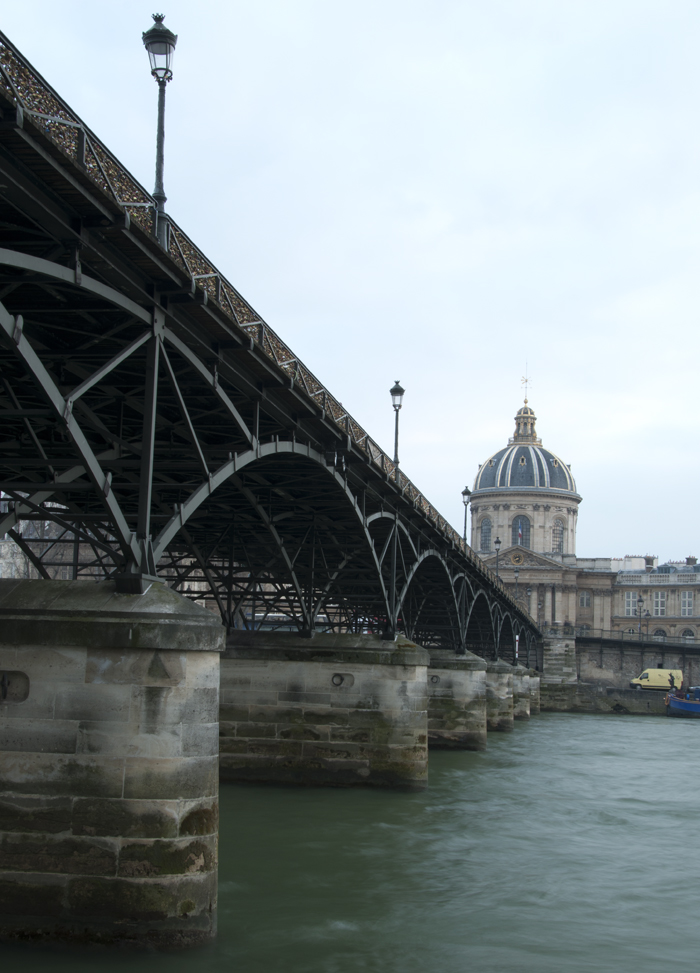
Bridge 22 – Pont du Carrousel
This present span was built in 1939 slightly downriver from its original location (circa 1831) to better line-up with Place du Carrousel, where the famous glass pyramid of the Louvre is located.

Bridge 23 – Pont Royal
Pont Royal is named as such because it was commissioned by Louis XIV in 1689, making it the third oldest bridge in Paris. It replaced a burned-down wooden toll bridge, which replaced a congested ferry service.
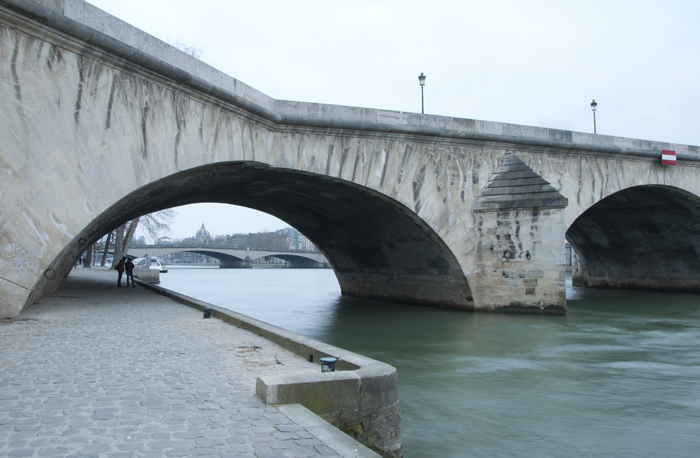
Bridge 24 – Passerelle Léopold-Sédar-Senghor
This passenger bridge—one of the newest in Paris—was constructed in 1999, though two different bridges have occupied this location since 1861. It is named after the first Senegalese president (1960-1980) who was also a poet and the first African member of the prestigious l’Académie française.
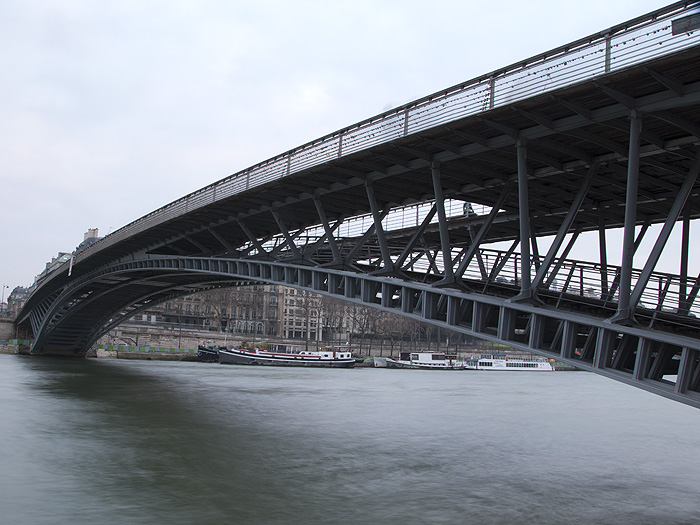
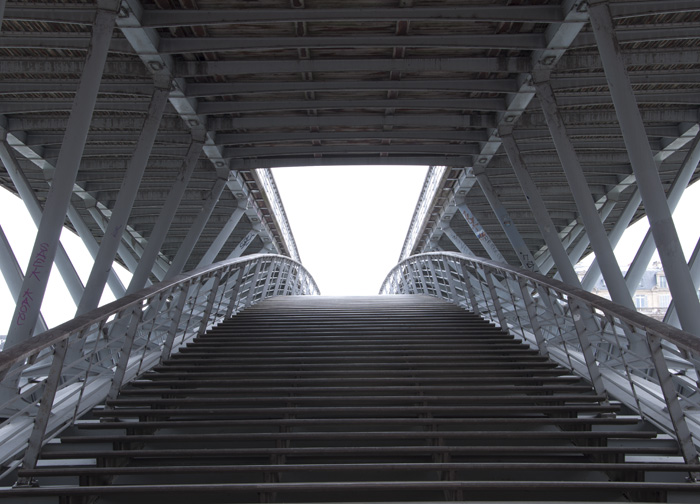
Bridge 25 – Pont de la Concorde
The bridge design was approved in 1787 and construction continued for several years, even through the social and political turmoil of 1789. In fact, stones used during construction were taken from the demolished Bastille prison, a symbol of French imperialism that was stormed by a crowd on July 14, 1789 to mark the beginning of the French Revolution. The name of this bridge followed the course of history: Louis XVI, Revolution, Concorde, Louis XVI for a second time, and, finally, Concorde again. It was widened to handle increased traffic in 1932.
The Assemblée Nationale on its southern side. Second image below is taken underneath the bridge, aiming through the arches across the Seine.
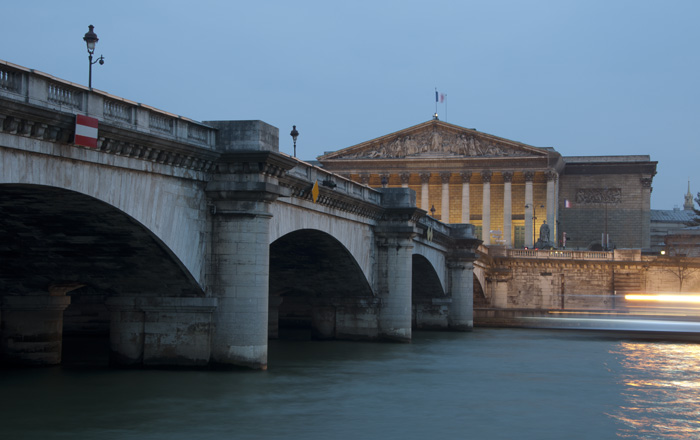
Bridge 26 – Pont Alexandre III
Inarguably the most ornate bridge in Paris, Pont Alexandre III was designed by Gustav Eiffel and completed in 1900. It connects the Grande Palais with Napoleon’s tomb at Invalides and was constructed as to not obstruct views of either.
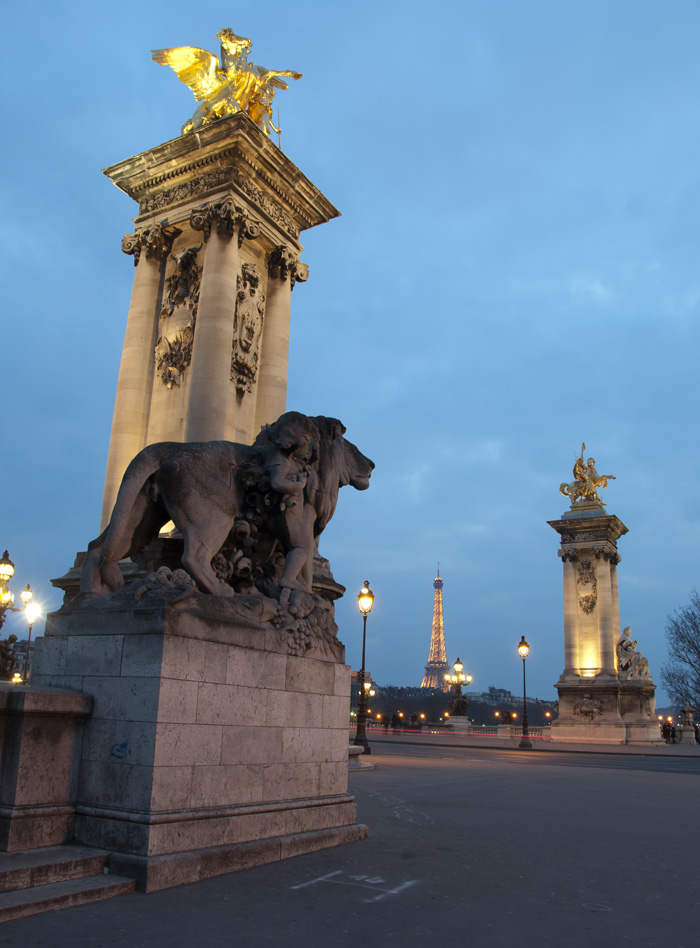
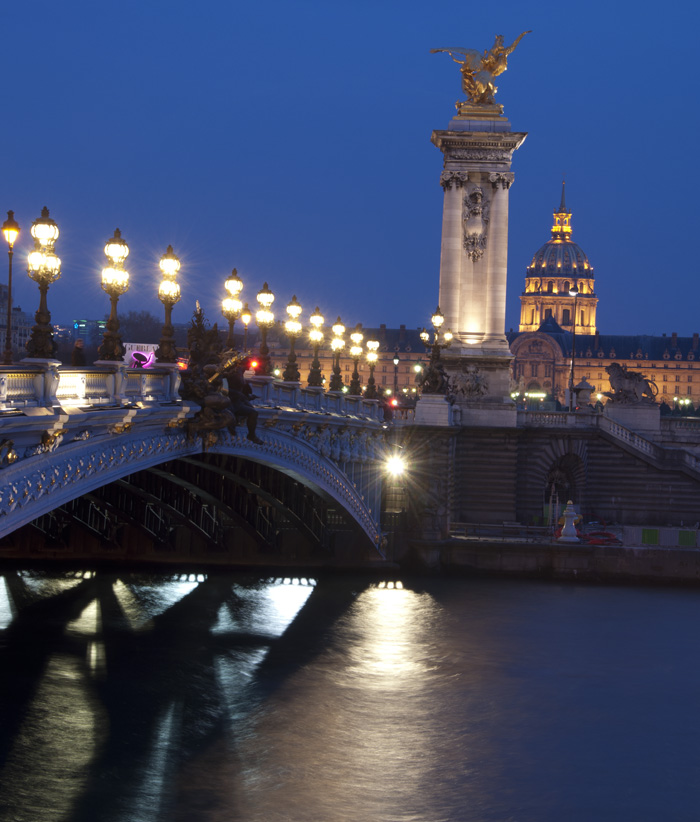
Bridge 27 – Pont des Invalides
A single span was originally planned in 1821 where Pont Alexandre III is currently located, but the suspended design required two large towers that obscured the view of Invalides. It was therefore moved downriver but the crumbling structure was demolished in preparation for the 1855 World Fair. The replacement bridge suffered some damage during the late 19th century but has required little maintenance since. The artwork signifies military victory on land (upriver) and at sea (downriver).
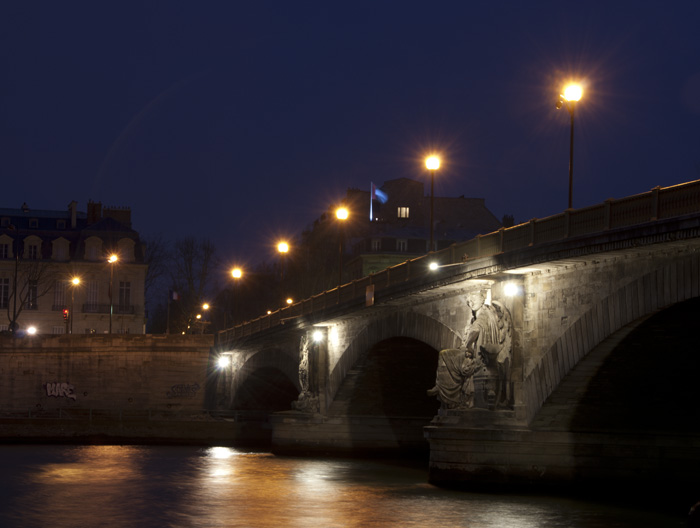
Bridge 28 – Pont de l’Alma
Completed in 1856, Pont de l’Alma (commemorating the first victory of the Crimean War a couple years prior) became more than just a bridge to Parisians. A famous statue (of a member of the French infantry) on the bridge became a gauge for water levels: when water reached his feet, the riverside walkway should be closed, whereas the river is deemed unnavigable when the water reaches his thighs. Amazingly, water reached his shoulders during the Great Flood of 1910, which caused over a billion dollars in damage.
This statue was retained when the bridge was rebuilt from scratch in 1974.
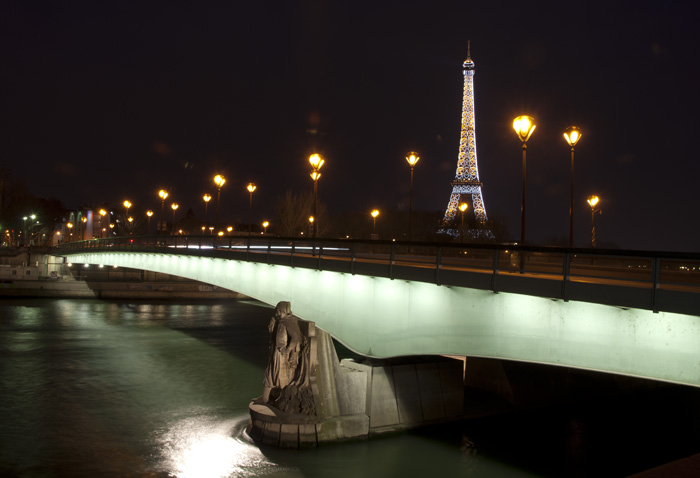
Bridge 29 – Passerelle Debilly
A passenger bridge that was moved to its current position after it was built for the 1900 World’s Fair. It is named after Jean Louis Debilly, an army general and recipient of the Commanders Cross of the Legion of Honor who died in battle in 1806. It is in the shadow of the Eiffel Tower.
Bridge 30 – Pont d’Iéna
The Eiffel Tower looms over Pont d’Iéna, but the bridge predates it by eighty years. Napoleon ordered its construction in 1807 and, unusual for the time, construction was funded entirely by the State. Napoleon’s First Republic fell in 1815, a year after the bridge was completed. Fortunately, the bridge was spared from the wrath of Prussian General Blücher who wanted to blow it up; the famous battle after which the bridge was named was where 28,000 Prussians lost their lives—10 times the French casualties.
The bridge was widened in 1937.

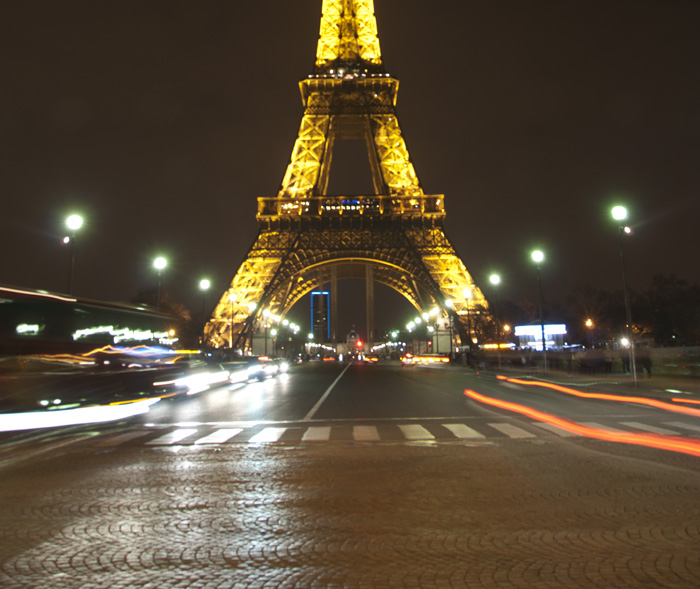
Bridge 31 – Pont de Bir-Hakeim
Made of steel, Pont de Bir-Hakeim was completed in 1905 to replace a structure built just twenty five years prior. It consists of two levels: one for cars and pedestrians, and another for the Line 6 metro. It was renamed in 1948 to commemorate the 1942 French victory over German forces in the Libyan desert.


Bridge 32 – Pont Rouelle
Built for the C line of the RER train, Pont Rouelle lays a nice sweeping arc across the Seine. I accessed the bridge by walking down Allée des Cygnes, a thin sliver of an island that extends under three different bridges, with Pont Rouelle in the middle. It was built in 1900, decommissioned in 1937, but then opened again (to trains) in 1988.
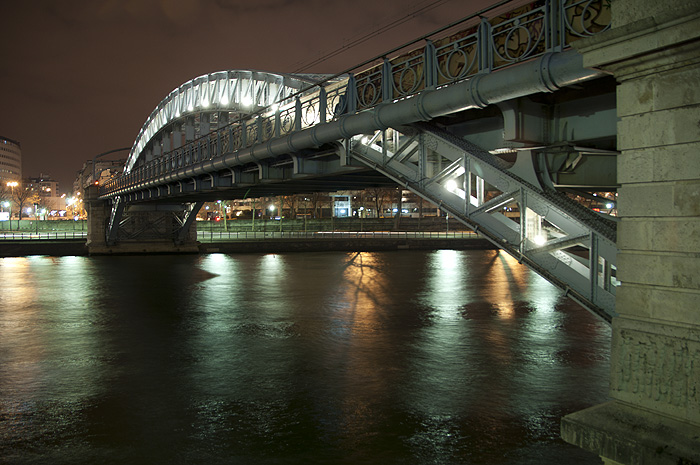
Bridge 33 – Pont de Grenelle
The current metal span was completed in 1968 but a couple other bridges have occupied this space since 1821. Pont de Grenelle is most famous for hosting a smaller replica of the Statue of Liberty, built in 1889 and the second of three found in Paris.
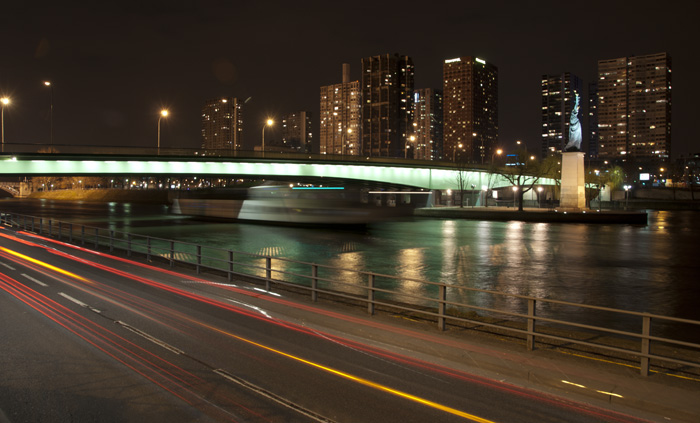
Bridge 34 – Pont Mirabeau
When completed in 1897—after four years of construction—Pont Mirabeau was the widest and tallest bridge in Paris. The two piles represent boats: one going upstream, the other downstream. Each boat contains a statue in both the bow and stern. The first image below captures “Navigation” (foreground) and “Abundance” (background). The second image shows “The City of Paris” on the Right Bank side of the bridge, downriver.
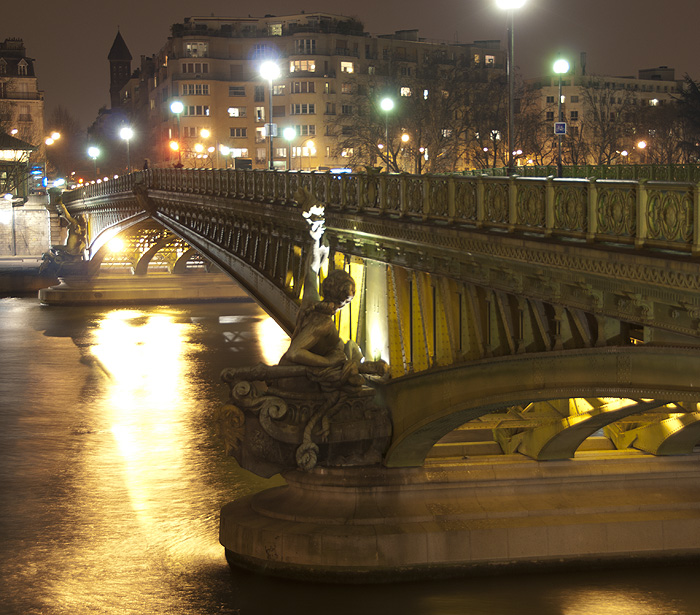
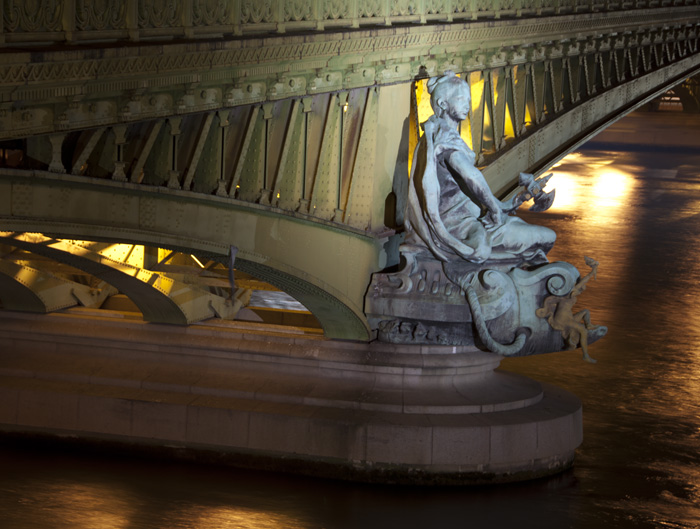
Bridge 35 -Pont du Garigliano
Named after a French victory in Italy in 1944, Pont du Garigliano was completed in 1966 and is Paris’ tallest bridge.
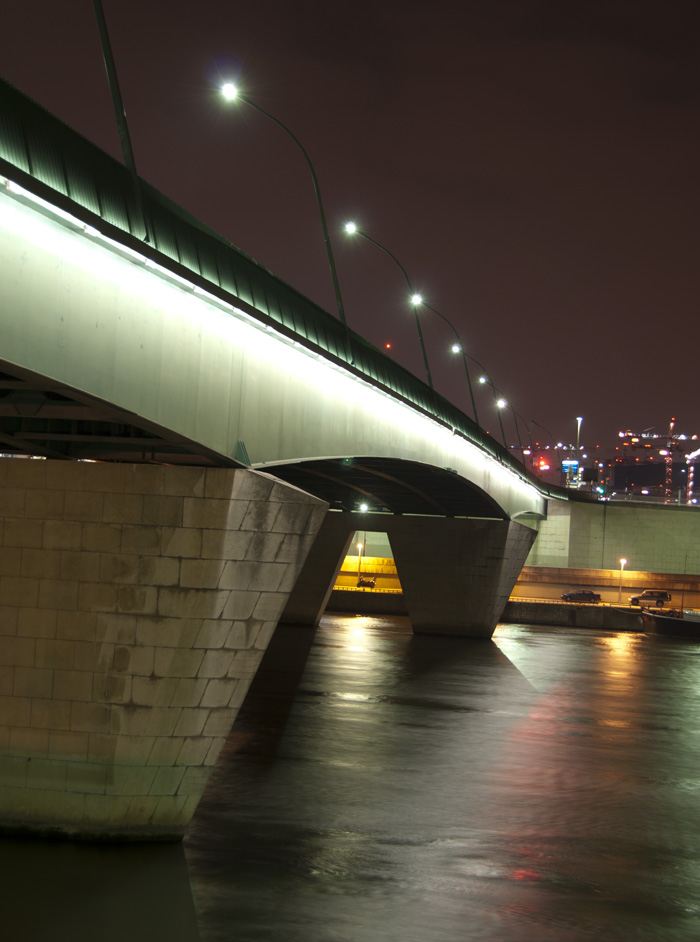
By the time I took this picture, it was 10:45pm. Several smashed out car windows were telling me it was time to go home. It’d taken me nearly six hours to walk nine miles along the Seine. On my memory card lay 557 images of 35 bridges.
Resources:
- en.wikipedia.org/wiki/List_of_bridges_in_Paris
- Bridges of Paris (www.paris.fr)
Birding By Ear: Urban Birds of Europe
There you are: jet-lagged and in a park near your hotel, before dawn, binoculars in hand. It’s the beginning of your European vacation and your family is still passed out upstairs.
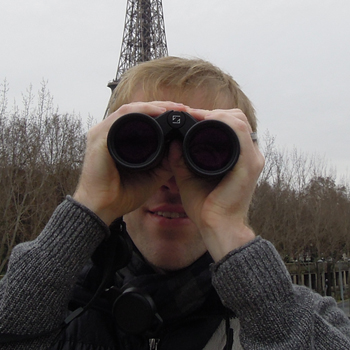
How nice of you to let them sleep.
As the morning begins to brighten in Paris (or maybe London, or Berlin) an unfamiliar dawn chorus begins to emerge from the greenery around you.
Maybe you studied your European field guide a little on the flight over but, as you know, every bird in the world has an unique vocalization and knowing that Common Chiffchaff and Willow Warbler are differentiated by leg color is of little use to you now, in this dim light.
Are you new to “birding by ear”? No worries, it’s never been easier.
Using reference CD’s and MP3’s from websites like Xeno-canto.org, create a playlist of the most common birds in your area. Play it on your commute to work, at your computer, or at the gym, until the songs become familiar to your ears. Now, when you next encounter the dawn chorus in full force, you can mentally sort the sounds you recognize, and focus on the ones you don’t. Chase down a couple new sounds and, once you visually identify the species, add them to your playlist.
You are now developing a mental reference library for bird sounds, and you might be surprised at how quickly new sounds will “catch.” You’ll remember new sounds by comparing them against the catalog you’re building. For example, you’ll note that the song of Purple Finch has the same liquid-like quality of a House Finch but it sings shorter, distinct phrases and lacks the upslurred end that House Finches often broadcast.
“Well, that’s helpful and all,” you interrupt, “but I’m still in Europe and I have no idea what I’m hearing.”
Don’t worry—this technique can still help elsewhere in the world. I’ve compiled a short reference of most common urban birds in Europe to help you prepare for your European vacation. Have a listen: some may sound quite similar to common birds back home.
Common Blackbird
May remind you of: American Robin
Blackbirds don’t have “yellow heads” or “red wings” in Europe, in fact this plain black bird with a yellow bill is in the same genus as the American Robin: Turdus. Appropriately, most of its vocalizations, from song to alarm call, are reminiscent of the vociferous songster you likely have in your backyard, albeit a bit more languorous, inebriated even.
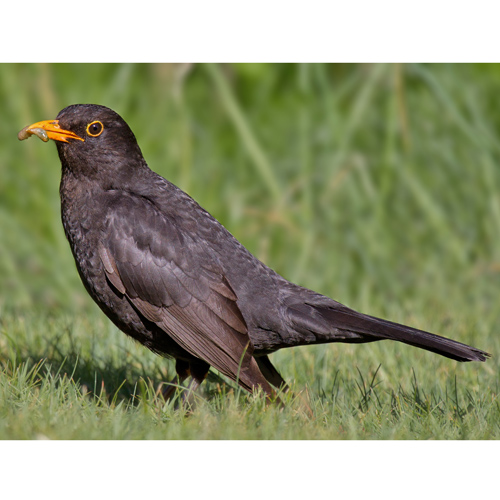
© Andreas Trepte |
Song Thrush
May remind you of: Northern Mockingbird
Another member of the turdus genus, the Song Thrush more closely resembles our own Swainson’s or Hermit Thrush. But once it opens its beak, expect a song similar to a Northern Mockingbird: short, distinct, discordant phrases repeated in two’s and three’s.
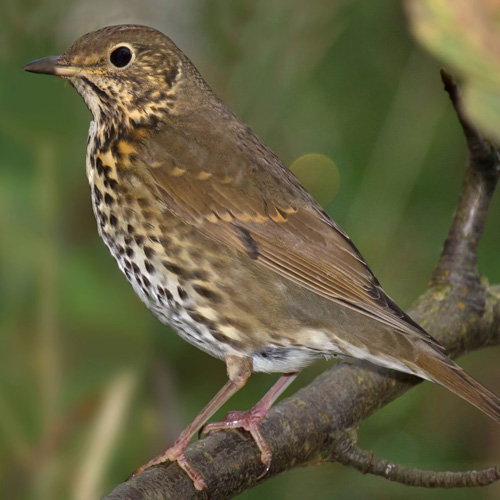
© Andreas Trepte |
Eurasian Wren
May remind you of: Winter/Pacific Wren
Hear a sweet, frantic song similar to your Winter Wrens back home? Well, up until 2010, it was the same species. But the wren you hear now—the Eurasian Wren—is its own species, and the only wren found outside the Americas.

© Andreas Trepte |
Common Chaffinch
May remind you of: House Finch
This boisterous singer can be heard in green-spaces throughout urban Europe. The song is crisp, “chippy”, and descends in pitch, but not in strength. When I first arrived in Paris, I likened it to the song of a House Finch, a common urban vocalist in North America. Their call—a “pink-pink”—is also quite distinctive (the recording below features the song in the foreground, with the call in the background).
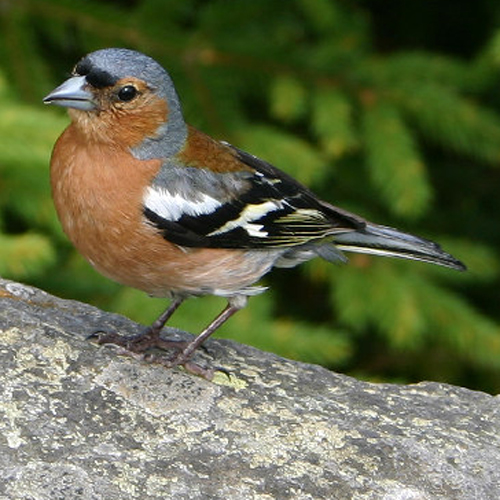
© Ian Cleland |
Goldcrest
May remind you of: Golden-crowned Kinglet
It sure looks like a Golden-crowned Kinglet (it’s in the same genus) and yup, it sounds like one, too. If you are near conifers and hear some small twittering coming from the canopy, you can bet it’ll be a flock of Goldcrests, a.k.a. the kinglets with goggles.
|
© Oiseauxvendee |
European Greenfinch
May remind you of: Pine Siskin
Hearing the slurred end notes that remind you of a Pine Siskin? Well, Pine Siskins go ↑UP↑ and the European Greenfinch goes ↓down↓. The song of the greenfinch is a bit “goldfinch-like” but they are often in large flocks so the down-slurred notes are easy to point out.
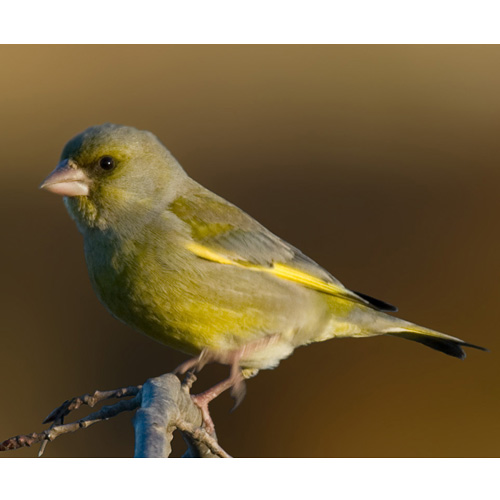
© Andreas Trepte |
Great Spotted Woodpecker
May remind you of: Downy Woodpecker
This common urban woodpecker has a call similar to the “pik” of a Downy Woodpecker, although much louder and more resonant. The Great Spotted Woodpecker, however, is closer in size to a Hairy. Green Woodpeckers—the second most commonly occurring urban “pecker”—has a boisterous, laughing call, so if you hear something that sounds like a woodpecker back home, it’s most likely a Great Spotted. Lesser Spotted Woodpecker is possible, but much less common: listen for a soft, descending whinny similar to a Downy.
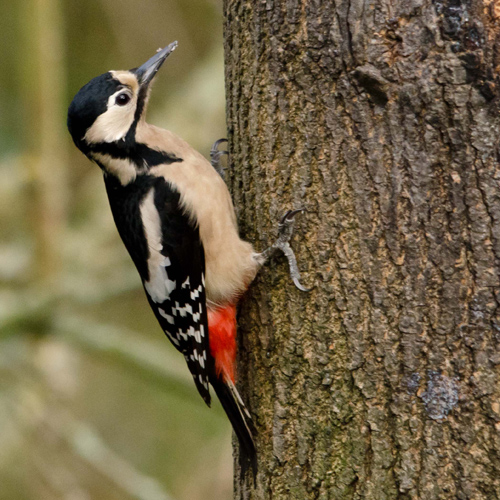
© Darrel Birkett |
Short-toed Treecreeper
May remind you of: Brown Creeper
The “creepers” of Europe maintain the same soft, fluting, liquid-like songs of the Brown Creeper back home. Are you in the U.K.? You’re hearing the long, descending song of a Eurasian Treecreeper. On mainland Europe, you can be hearing Eurasian or the more upbeat, ascending song of a Short-toed Treecreeper.
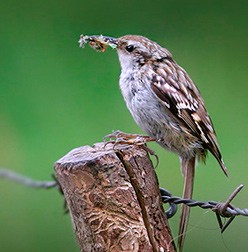
Short-toed Treecreeper © Jimfbleak |
Other Common European Birds
Common Chiffchaff
This widespread phylloscopus warbler has one of the most distinctive songs in Europe: a continuous string of single notes that quickly jump up and down the octave scale. If you watch any European programming that requires the use of bird sounds, you might find him there, too. A few of the audio samples highlighted on this page have Common Chiffchaff somewhere in the background as well.

© Hans Hillewaert |
Eurasian Blackcap
While a plain warbler in appearance, the Blackcap is anything but once it open its beak. Its beautiful song has the length and intricacy of a Winter Wren, the vocal variety of a European Starling, and the boldness of a Northern Mockingbird. Fortunately for visiting birders, they are vocal and widespread in spring and summer, and respond quickly to pishing.

© Jakub Stančo |
European Robin
The song of the European Robin is high and melodious one second, and wheezy the next. To me, it sounds like the male is struggling to get his song out as he inhales and exhales laboriously.
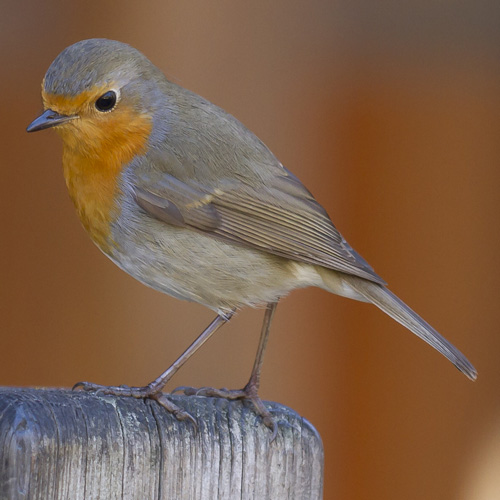
© Pierre-Selim Huard |
European Serin
This urban canary—literally, it’s in the same genus as the wild ancestor to the popular cage bird—doesn’t have the lyrical chops of its fellow Serinus. To me, its song is continuous, metallic chatter, similar in quality to an Anna’s Hummingbird. They are boisterous singers, though, which makes them easy to find. Don’t expect to find them in London, however, as this species is absent on the British Isles.
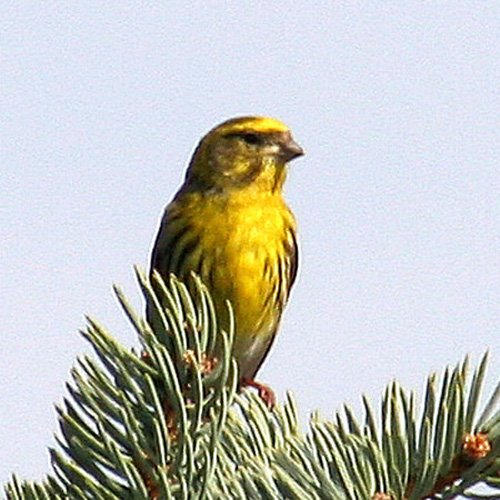
© Armin März |
European Goldfinch
The song of this handsome dandy is a continuous, and often quiet, string of trills and chatter, similar to that of the American Goldfinch. Also like its American counterpart, it’s most easily identified by its call, which it freely interjects into its song: an upslurred “te-LITT.”
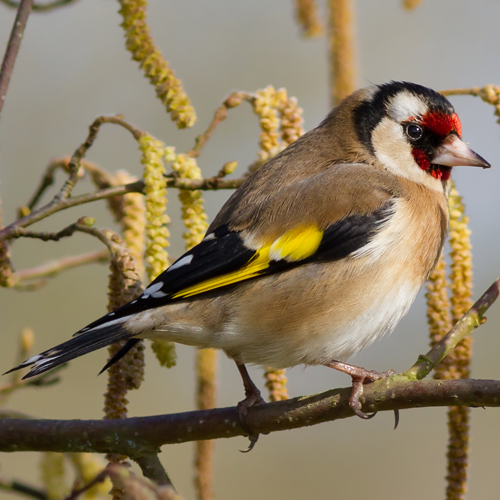
© Pierre Dalous |
Eurasian Nuthatch
The only audible similarity that this nuthatch shares with the Red-breasted in the States is how unique its call is in its respective habitat. To my ears, it sounds like a scolding water drop. And when it decides to call, it will do so quite adamantly, thus making them easy to locate.
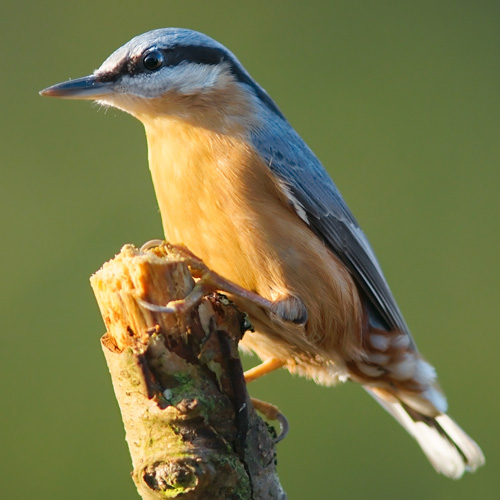
© Luc Viatour |
The Tits (A few of them at least)
Great Tit
The Great Tit has one of the richest vocabularies of any European bird—nearly 40 different call types at last tally—but considering it’s also one of the common urban species, if you hear a bird that you don’t recognize during your outing, chances are good that it’s a Great Tit. Song is usually a see-sawying, ringing, two syllable little diddy.
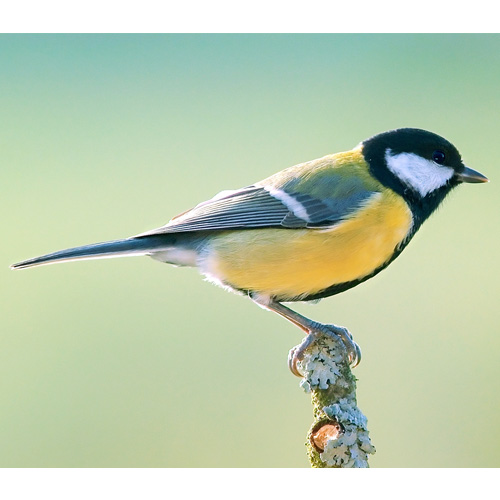
© Luc Viatour |
Eurasian Blue Tit
The second most common tit, if not the second most common species, the Eurasian Blue Tit has a four part song: “DEE-DEE-d-d-d-d-d-DEE-DEE-d-d-d.” The quality is higher and more piercing than that of the Great Tit. Start pishing at any urban green space and you’ll have the chance to hear its scolding call in person, after the Great Tits have come to investigate, of course.
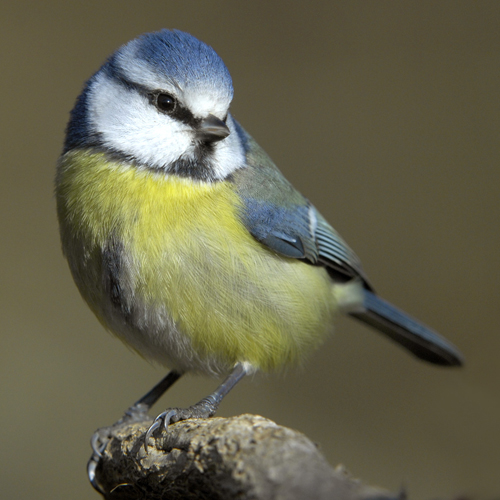
© Maximilian Dorsch |
Long-tailed Tit
Similar in proportion to Bushtits, though larger and more boldly colored, the Long-tailed Tit is readily identifiable by voice. Listen for the very quick, descending, scolding call and wait for the flock to pass through.
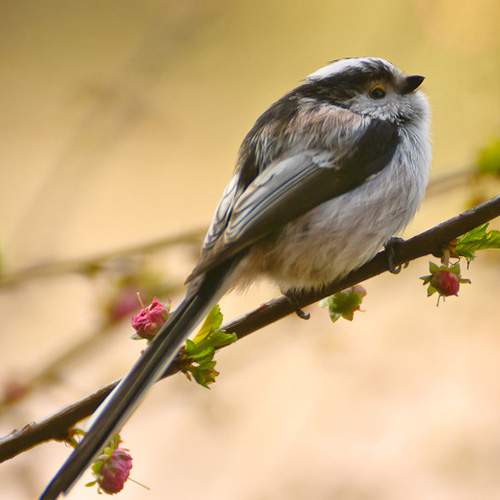
© Jos Dielis |
Marsh Tit
The Marsh Tit will most closely resemble North American chickadees of the tits mentioned here and I find, personally, that its call is one of the most distinct: a quick, ascending two-note “pi-CHAY.”
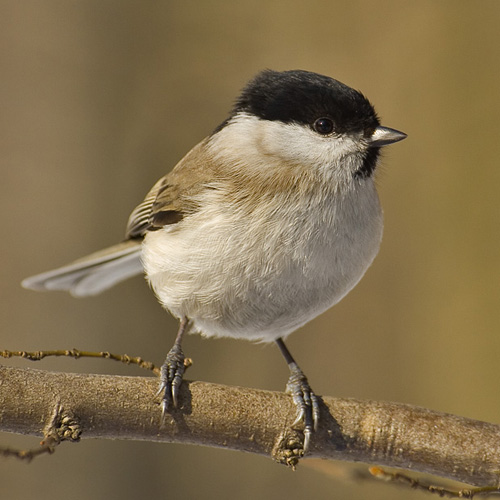
© Sławomir Staszczuk |
Already mastered these species or have a specific target bird you are looking for? Use Xeno-canto.org to find crowd-sourced recordings that you can download to your computer.
Cow Pies in Paris
Paris at Night: Eiffel Tower and Bir-Hakeim Bridge
It happened again.
The sky looked damned tempting when I glanced out of our window: puffy balls of cotton back-dropped by dark storm clouds. In between those clouds was a celestial commodity that had grown rare in recent weeks: blue sky. I threw the tripod and camera in to my backpack and headed to the metro in pursuit the increasingly elusive Parisian sunset shot. Emerging from the Javel – Andre Citroen stop in the 15th arrondissement I glanced upwards—the skies still looked promising.
Tonight could be the night. I quickly took some shots of some apartments lining the Left bank of the Seine before heading across the Pont Mirabeau (“Mirabeau Bridge”) to the Right Bank.
It had rained a lot recently and the waters of the Seine were the highest—and brownest—I’ve ever seen. In fact, the riverside highway, Georges Pompidou, was closed due to flooding. I joined a handful of Parisians who assembled, by foot and wheel, to take advantage of this rare opportunity.
Unfortunately, an enormous storm cloud moved in that, while only giving periodic spits of rain, kept every other cloud in the sky from absorbing the light of the setting sun. Tonight won’t be night, as it turns out: the atmospheric unicorn eludes me yet again. The dry lining to this storm cloud, however, were reflections shots afforded by several puddles underneath Pont Bir-Hakeim. Both pools swelled and receded with each passing barge.
A passing French photographer, Pierre-yves Calvat, captured me taking a photo with the Eiffel Tower in the background. It is now featured on my about page: be sure to check out his website.
It was a nice, mostly dry evening photographing two bridges, some brown water, and a large metal spire.

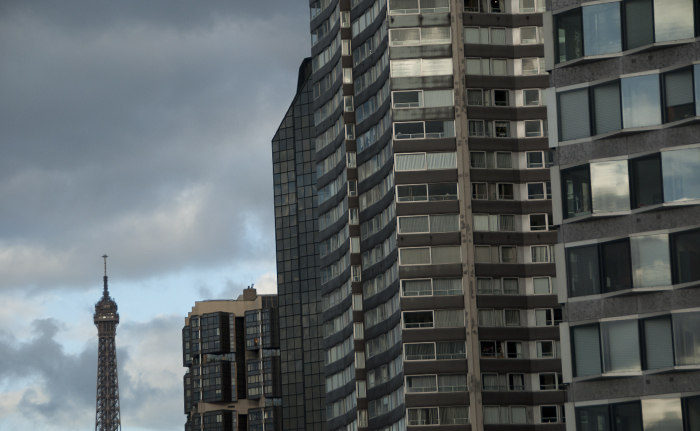

Apartments and office buildings along the Left Bank.
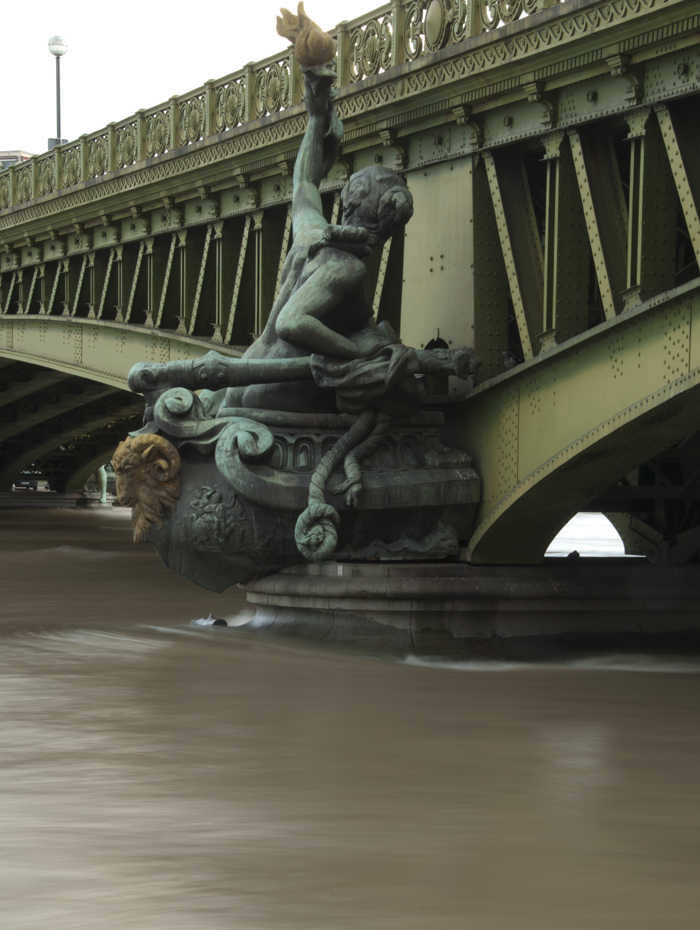
High water rushes past Pont Mirabeau, completed in 1897. This sculpture—one of four gracing this bridge—depicts “navigation on inland waters”. She’s got her work cut out for her … but she’s facing the wrong direction.
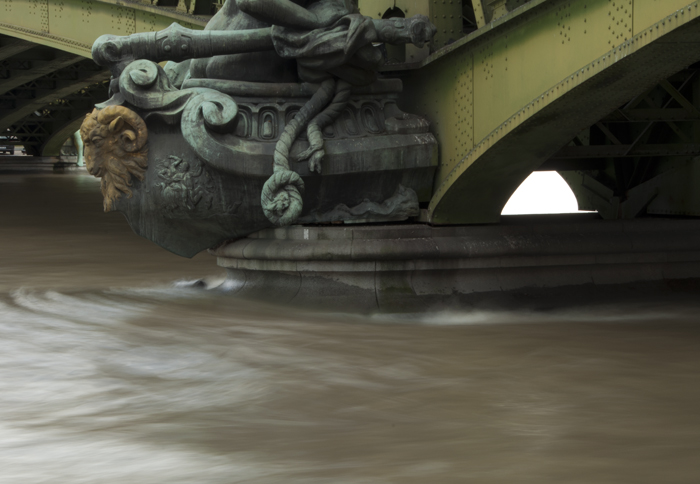

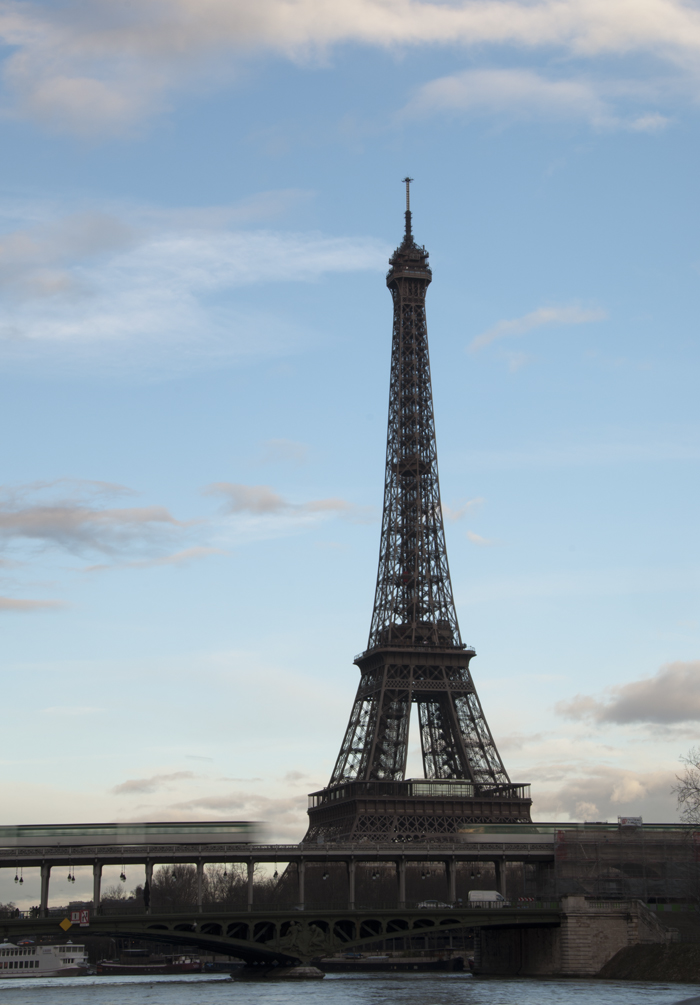
Two trains approach one another on the Line 6 metro while crossing Pont Bir-Hakeim.
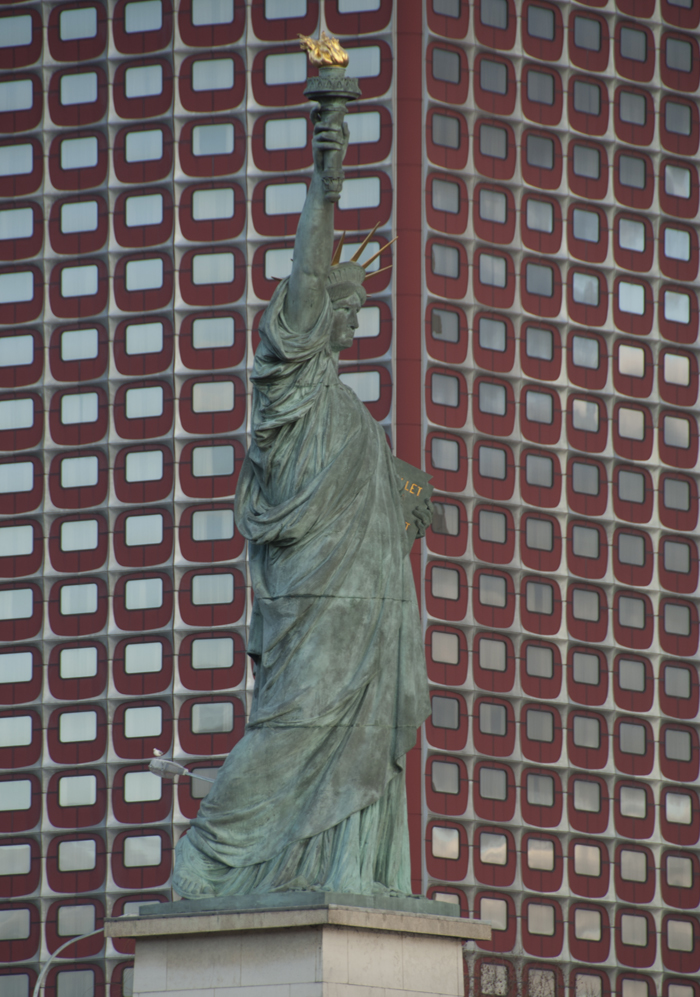
The one fourth sized replica of the Statue of Liberty, built three years after its larger cousin in 1889
as a gift from the Parisian-American community to the French govermment.
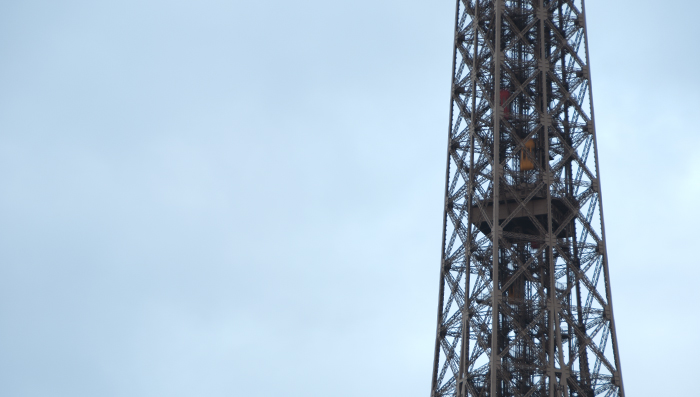
The elevators pass each other towards the top of the tower.

A tourist boat passes underneath Pont Bir-Hakeim, built in 1905 and later named for the victorious battle against the Nazis in Libya in 1942.

A half-submerged Georges Pompidou highway, looking south towards buildings on the Left Bank.
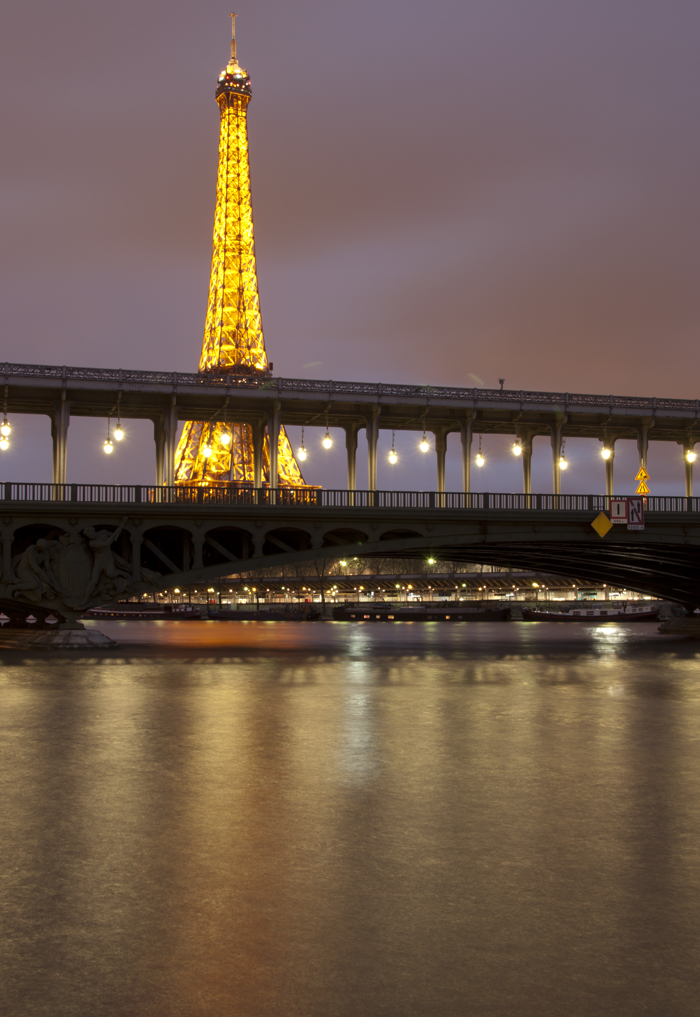
Eiffel Tower with Bir-Hakeim Bridge in the foreground.
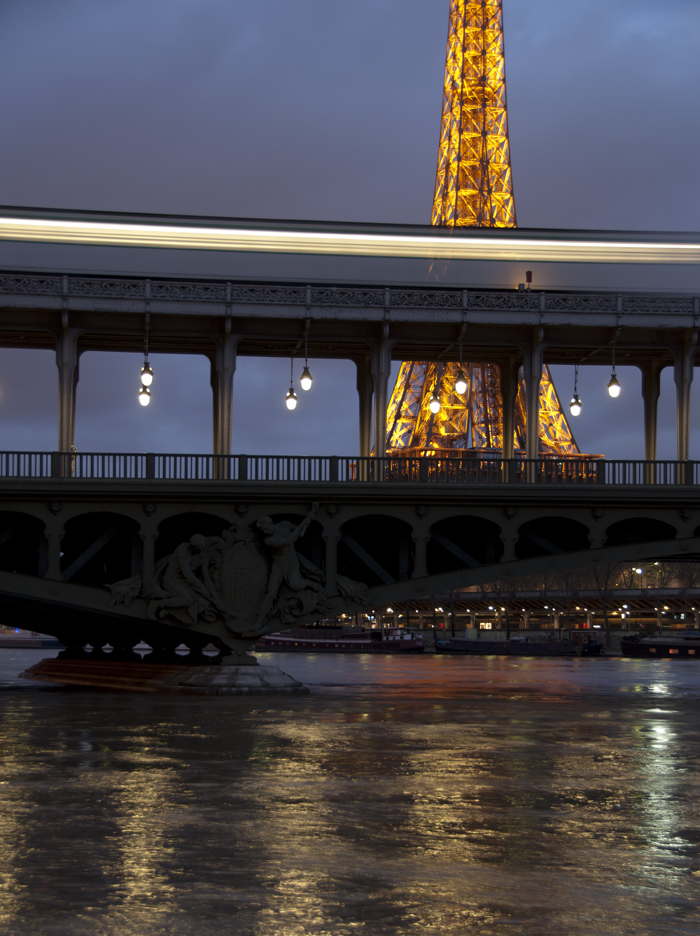
A train passes on Line 6 on top of Bir-Hakeim Bridge.

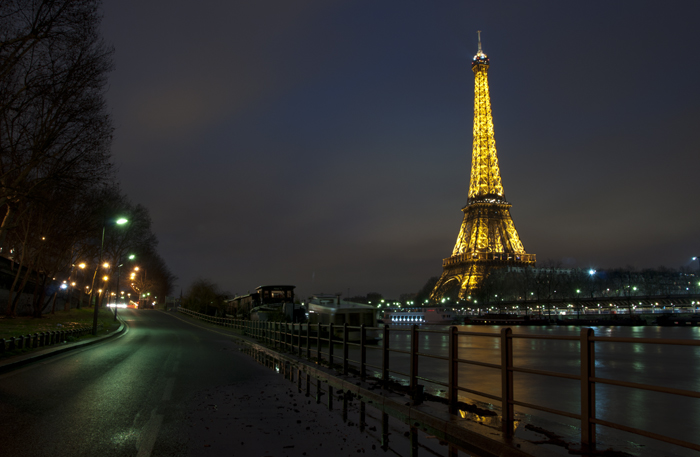
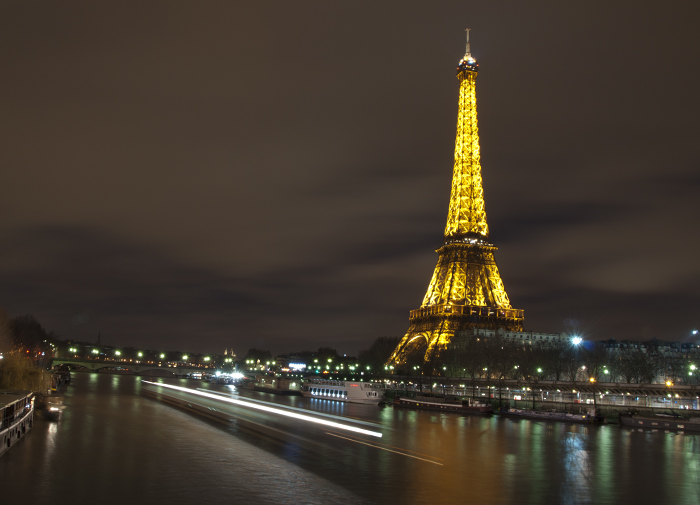
A tourist boat passes the Eiffel Tower, as shot from top of Bir-Hakeim Bridge.
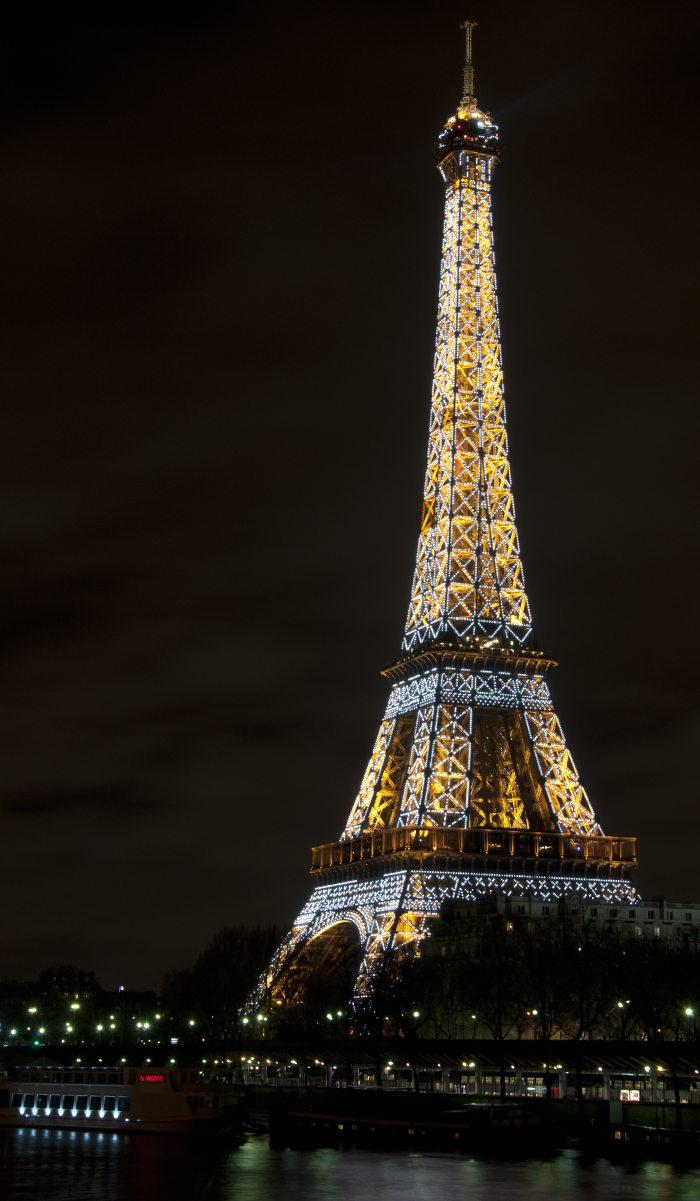
A long exposure shot of the Eiffel Tower “light show” that happens every hour, on the hour, after sunset.
In this photo, flashbulbs appear to all be illuminated at once when in fact they fire rapidly in quick succession.
Paris by Night: The Two Arches
Say “Parisian Arch” and most will think of the Arc de Triomphe. For good reason, too: the “Triumphal Arch” is one of the most famous monuments in Paris. The 164 foot stone structure was commissioned in 1806 by Emperor Napoleon after he defeated the Russo-Austrian Army at the Battle of Austerlitz (and completed three decades later). True to its origin, the Arc de Triomphe has been a pivotable symbol of France’s military might for two centuries. To this day, the French government celebrates Bastille Day every year by parading every type of vehicle it owns—from tanks and armored personel carriers to backhoes and small fire trucks.
Every other hour of the year, however, the arch hosts a more unrelenting and chaotic procession of civilian hardware unhindered by lanes or traffic signals. In fact, insurance companies refuse coverage to drivers who dare to enter this swirling mass of liability.
The Arc de Triomphe held its ground as the world’s largest triumphal arch until a larger one was built in 1982. Any guesses where it was built? Modern day world leader with a Napoleon-complex and careless disregard for misappropriating scarce resources? Yup. Kim Jong Il built one 33 feet taller in Pyongyang to commemorate his father, the founder of the Democratic People’s Republic of (North) Korea.
The Arc de Triomphe is also pivotal in the urban design of Paris, literally. It serves as the linchpin on the historic axis that connects Champs Elysées and the Louvre to the east with La Défense—and the second arch of Paris—to the west.
In 1989, La Grande Arche was built as a 20th century interpretation of Arc de Triomphe. Despite towering over the aforementioned arches at 330 feet, Pyongyang’s placement in the record books holds firm; La Grande Arche emphasizes humanity instead of military might (and thus is not a “triumphal arch”).
It serves as a government office building.
La Grand Arche is the architectural highlight of a business district built in the 1980’s to compete with London and Switzerland. Actually, this district was originally slated within historic Paris, but once the first high-rise was built (Montparnasse), the French cursed the ghastly addition to their cherished skyline, mandated that no future construction could challenge the height of the Eiffel Tower, and built La Défense to the northwest of the city, at the terminus of the “historic axis”.
I took an evening in late January to photograph both arches, starting with La Grande Arche at sunset, and ending with the Arc de Triomphe later that evening. They are only two metro stops away from one another. Unfortunately, most of the clouds cleared before they could be illuminated by the setting sun.
La Grande Arche, La Défense
High rises of the La Défense business district.
The unusual art installation at the base of the arch.
View from the steps of the La Grand Arche.
A carousel spins near a metal art installation. La Grand Arche looms in the background.
A woman stands in front of a spinning carousel.
Looking southeast on the historic axis towards Arc de Triomphe.
L’Arc de Triomphe
Jump on the Metro Line 1 and in 10 minutes, you will arrive at the Charles de Gaule station, directly underneath the Arc de Triomphe.
Le Arc de Triomphe with the Eiffel Tower in the background.
The blue flashing lights of a police van convoy pass the arch.
Resources:
A Birder in Paris (2012 Recap)
When my eyes met binoculars in 2012, they were likely in pursuit of the feathered occupants of Paris, from tits to creepers. My wife and I moved to the capital of France in early June and I averaged about one morning of birding every week until late November, when we traveled back home to Seattle by way of Eastern Europe for a month. I mostly birded in green-spaces near our flat just southwest of Paris (in the city of Boulogne-Billancourt) with periodic trips further afield.
With moderate effort, I tallied 72 species in the City of Light.
There aren’t many birders in Paris. I met four of them and while I learned quite a bit, I almost always birded solo (during the week). Consequently, my ears failed to find the less common songs/calls and I am sure my eyes missed a few of the expected fall migrants in all their dull greatness (i.e. phylloscopus warblers). I also missed spring migration entirely.
Highlights include a Lesser Redpoll working an alder with two European Goldfinches on November 8th, a European Honey-buzzard migrating over Parc des Beaumonts in mid-August, separate sightings of Tawny Owls in two different parks southwest of the city in the summer, two sightings of Black Woodpecker in the Bois de Boulogne, a pair of Hawfinches in early November, and several sightings of Eurasian Bullfinches throughout the year—the handsomest of the European line-up.
Biggest miss: Lesser Spotted Woodpecker. I’ve heard a couple but so far these small trunk-climbers have eluded me.

I’ve included a full species list below, with codes denoting where I saw them. Most locations are slightly outside Paris proper but all are easily accessible by the Paris metro system. Each code links to a full description (and MAP) in my blog post, “Birdwatching in Paris.”
- Bois de Boulogne (BdB)
- Parc de l’Ile St Germain (PiSG)
- Ile de Seguin (IdS)
- Parc du Beaumonts (PdB)
- Jardin des Plantes (JdP)
- Cimetiere du Pere Lachaise (CdPLC)
- Bois de Vincennes (BdV)
Canada Goose (BdV) — Flock on Lac Daumesnil, Bois de Vincennes.
Mute Swan (BdB–BdV) — Easy to spot in many of Paris’ waterways, especially in large park lakes.
Mallard (BdB–BdV) — Common on any large lake and on the Seine.
Common Pochard (BdV) — Wintering flock found in Lac de Minimes, in east Bois de Vincennes.
Ring-necked Pheasant (BdB) — Seen a couple times in the deeper recesses of Bois de Boulogne.
Great Crested Grebe (BdV) — Found in winter on Lac de Minimes, Bois de Vincennes.
Great Cormorant (BdB–PiSG–BdV) — Can be seen flying over many points in Paris, especially near water.
Gray Heron (BdB–BdV) — Hard to find on the fortified banks of the Seine. Can be found on smaller lakes with vegetated shores.
European Honey-buzzard (PdB) — Uncommon migrant through Paris. I joined expat birder David Thorns at his beloved Parc du Beaumonts on an afternoon in mid August and this was the first, and closest, raptor to pass us during the two hour skywatch.
Eurasian Sparrowhawk (BdB–BdV) — Uncommon but can be seen any time of year in wooded areas.
Eurasian Moorhen (BdB–JdP–BdV) — Common near lakes and streams. Surprisingly, I found a couple in Jardin des Plantes, well away from any lake.
Eurasian Coot (BdB–BdV) — Common in lakes, even the Seine.
Little Ringed Plover (IdS) — A pair were spotted in the dirt construction areas of Ile de Seguin in July.
Black-headed Gull (BdB–PiSG–IdS–BdV) — Widespread.
Herring Gull (JdP–BdV) — Uncommon but can be seen at or near any body of water, especially the Seine.
Common Tern (IdS) — Seen during migration on the Seine on Ile de Seguin.
Rock Pigeon (BdB–PiSG) — Widespread.
Stock Dove (BdB–JdP–BdV) — Widespread but uncommon and can be difficult to separate from the abundant Common Wood-Pigeon.
Common Wood-Pigeon (BdB–PiSG–IdS–PdB–JdP–CdPLC–BdV) — Widespread; one of the most abundant species in Paris. You can’t scan the skies without seeing several of these guys. Their silhouette is frustratingly similar to a raptor in flight to North American eyes.
Tawny Owl (BdB) — The alarm calls of Eurasian Blackbirds alerted me to my first Tawny Owl in Domaine Saint-Cloud (across the river from Boulogne-Billancourt). My second was seen the following week after hearing the startled call of a Green Woodpecker on a run through the Bois de Boulogne.
Common Swift (BdB–PdB) — Look upwards in Summer, and you can’t miss Common Swifts—a fixture of Parisian skies.
Common Kingfisher (BdV) — A single bird fishing a small stream in Bois de Vincennes.
Middle Spotted Woodpecker (BdB–BdV) — I encountered this species on four separate occasions in the Bois de Boulogne; once in Bois de Vincennes.
Great Spotted Woodpecker (BdB–PiSG–CdPLC–BdV) — The most common woodpecker in Paris. Uncommon to common in nearly any park with mature trees.
Black Woodpecker (BdB) — Chasing down the sounds of a foraging woodpecker yielded fantastic views of my first Black Woodpecker in Bois de Boulogne in August. I found a second, more vocal bird in November.
Green Woodpecker (BdB–PiSG–BdV) — The second most frequently encountered woodpecker. Very vocal.
Eurasian Kestrel (BdB–BdV) — Six sightings, all flyovers or perched on edge of open patches in wooded parks.
Eurasian Hobby (CdPLC) — One quick fly-by in Cimetiere du Pere Lachaise in mid October.
Rose-ringed Parakeet (BdB–PiSG–JdP–BdV) — Most frequently seen at Jardin des Plantes, but possible elsewhere as the breeding population has expanded in recent years.
Eurasian Jay (BdB–PiSG–JdP–CdPLC–BdV) — Common, likely in any wooded park.
Eurasian Magpie (BdB–PiSG–JdP–CdPLC–BdV) — Widespread and abundant (and vocal).
Rook (BdB) — Three flew over Bois de Boulogne in early November.
Carrion Crow (BdB–PiSG–JdP–CdPLC–BdV) — Widespread and common throughout the city.
Barn Swallow (PdB) — Two flew past skywatch hill at Parc des Beaumonts in August.
Common House-Martin (BdB) — Common at north end of Lac Inferieur in Bois de Boulogne in summer.
Marsh Tit (BdB–BdV) — Uncommon in more wooded parks. Often in mixed flocks of tits.
Coal Tit (BdB–PiSG–CdPLC–BdV) — First sighting was two birds behind our flat in a construction area. Possible (but uncommon) in many of the cities parks.
Crested Tit (BdB–BdV) — Uncommon in parks with patches of conifer trees.
Great Tit (BdB–PiSG–IdS–JdP–CdPLC–BdV) — The most common tit. Pish in front of anything green and you’ll attract a Great Tit.
Eurasian Blue Tit (BdB–PiSG–JdP–CdPLC–BdV) — The second most common tit (see location instructions for Great Tit)
Long-tailed Tit (BdB–PiSG–BdV) — Flocks of varying sizes were found in several parks.
Eurasian Nuthatch (BdB–PiSG–JdP–CdPLC–BdV) — Possible anywhere there are mature trees.
Short-toed Treecreeper (BdB–PiSG–JdP–CdPLC–BdV) — Likely anywhere there are mature trees. Even saw one working a grave in Montparnasse Cemetery.
Eurasian Wren (BdB–PiSG–JdP–CdPLC–BdV) — Possible anywhere there is a thick understory.
Goldcrest (BdB–JdP–BdV) — Flocks of varying sizes are possible year-round, especially in stands of conifers.
Firecrest (BdB–CdPLC) — Most likely to be seen during migration, but a smaller number stay for the winter.
Willow Warbler (BdB–PiSG) — Most easily seen during migration. Paler legs than more common Chiffchaff.
Common Chiffchaff (BdB–PiSG–PdB–CdPLC) — Song can be heard all summer. Less numerous but still possible in winter.
Blackcap (BdB–PiSG–CdPLC) — Widespread in Parisian parks and very responsive to pishing. Breeds in parks and gardens throughout Paris.
Greater Whitethroat (PiSG) — I spotted my first during fall migration in Parc de l’Ile St Germaine.
Spotted Flycatcher (BdB–PiSG) — Breeds in wooded parks throughout Paris but I found my first in late August during migration in two locations.
European Robin (BdB–PiSG–JdP–CdPLC–BdV) — Common and widespread wherever there is decent understory.
European Pied Flycatcher (BdB–PiSG–CdPLC) — Uncommon migrant. Found my first in Bois de Boulogne, my second in Parc de l’Ile Saint Germain and my third during a small migratory fallout in Cimetiere du Pere Lachaise.
Black Redstart (Domaine de Saint-Cloud) — There was a reliable pair across the river from Boulogne in Parc de Saint-Cloud.
Eurasian Blackbird (BdB–PiSG–JdP–CdPLC–BdV) — Widespread and common in any city park.
Fieldfare (PiSG) — A thrush that winters in Paris. I found my first in November.
Redwing (BdB) — Another wintering thrush. I found my first in Bois de Boulogne in November with a flock of Eurasian Blackbirds visiting a fruiting conifer tree.
Song Thrush (BdB–PiSG–CdPLC–BdV) — A boisterous songster. Present in Paris year-round but most abundant during migration.
Mistle Thrush (BdB–PiSG–BdV) — I found my first in October in Bois de Boulogne and had three additional sightings (in other locations) through early November.
European Starling (BdB–PiSG–JdP–CdPLC–BdV) — Abundant and widespread throughout the city.
Dunnock (BdB–PiSG–JdP) — A member of the accentor family. It took me several weeks to find my first but it’s a fairly common bird in parks with brambles.
Western Yellow Wagtail (IdS) — Seen along the fortified banks of the Seine, across from Ile de Seguin.
Gray Wagtail (BdB) — Seen near water in Bois de Boulogne.
Common Chaffinch (BdB–PiSG–BdV) — One of most common contributors to the dawn chorus in spring and summer. Can be found year-round.
Eurasian Bullfinch (BdB–PiSG) — In my opinion, the most attractive of Europe’s urban birds. I chased down some soft call notes in June to find a pair foraging quietly in the grass (beneath a stand of conifers) just north of the Reserve Ornithologique in Bois de Boulogne. I didn’t see any others until I found a small (but reliable) flock visiting some fruiting shrubs in Parc de l’Ile Saint Germain. Handsome devils.
European Greenfinch (BdB–PiSG–JdP–CdPLC–BdV) — Possible in many parks, especially in fall. Had several males singing from rooftop TV antennas near our flat.
Lesser Redpoll (PiSG) — Probably the most unexpected bird I found in Paris. While birding in early November in Parc de l’Ile Saint Germain, I was attracted to a small flock of European Goldfinches flying amongst a small patch of alders. I noticed that one was particularly tan. Once I noticed the subtle reddish cap and black mask, I knew I had a redpoll but I had never seen one so awash in brown. I studied the bird as it foraged for several minutes. My Princeton Birds of Europe guide was printed in 1999 and only had Common and Arctic (Hoary) Redpoll. Once I returned home, I learned that the cabaret subspecies that best matched this bird (as depicted in my book) was split in to a new species: Lesser Redpoll. I returned to this patch of alders several more times and never saw any other redpolls.
Eurasian Siskin (PiSG) — I finally found my first siskins near the patch of alders that hosted the Lesser Redpoll above. After several attempts, I found four that were visiting a small pond as I was leaving the park via the western entrance.
European Goldfinch (BdB–PiSG–IdS–BdV) — This was one of the first birds I saw on my first morning of birding in Paris (in Parc de Saint-Cloud). It was a full month before I found another five working some thistle on Ile de Seguin. They became more common, and formed larger flocks, in early November, when I found them at several different locations.
European Serin (PiSG–IdS) — In summer, Ile de Seguin was the most reliable spot for this species, where they were the most boisterous songster. A small flock joined the finch fest that had formed in early November in Parc de l’Ile Saint Germain.
Hawfinch (BdB) — Early November brought a pair of Hawfinches to the parcours sportif, a fitness trail that is my favorite place to bird in Bois de Boulogne.
House Sparrow (PiSG–IdS–JdP–BdV) — As one might expect, this species is fairly widespread but not as common as it is back in North America.
